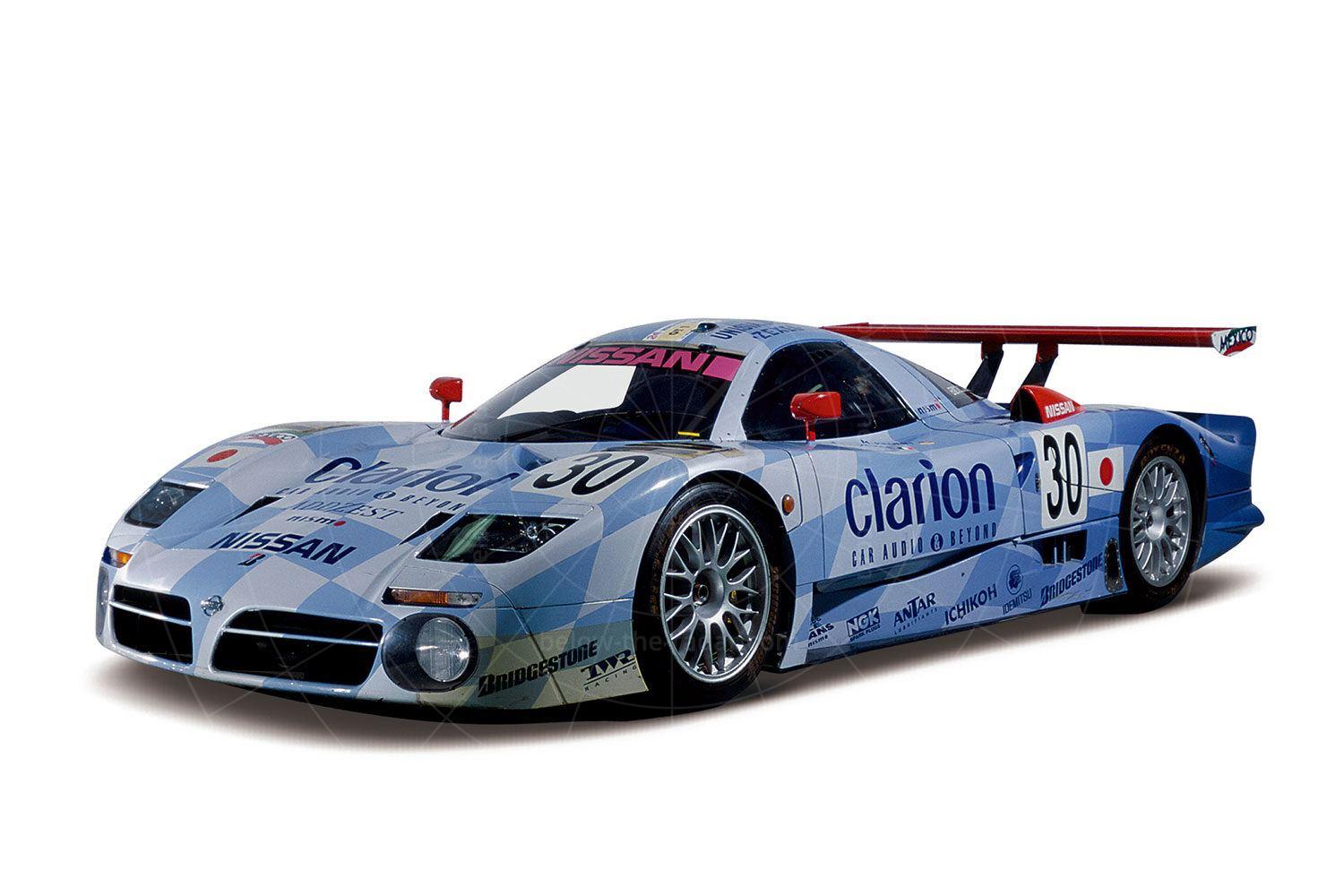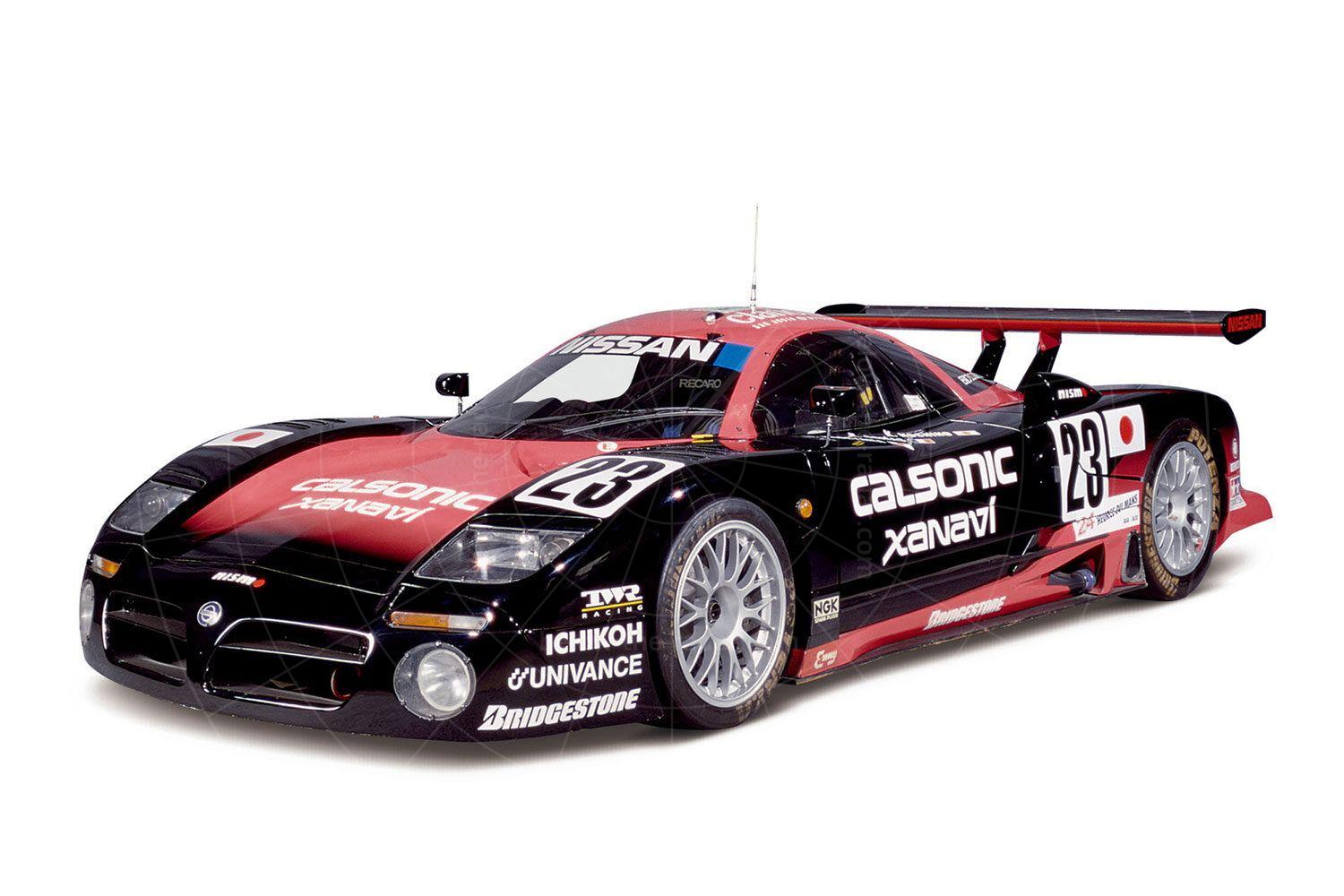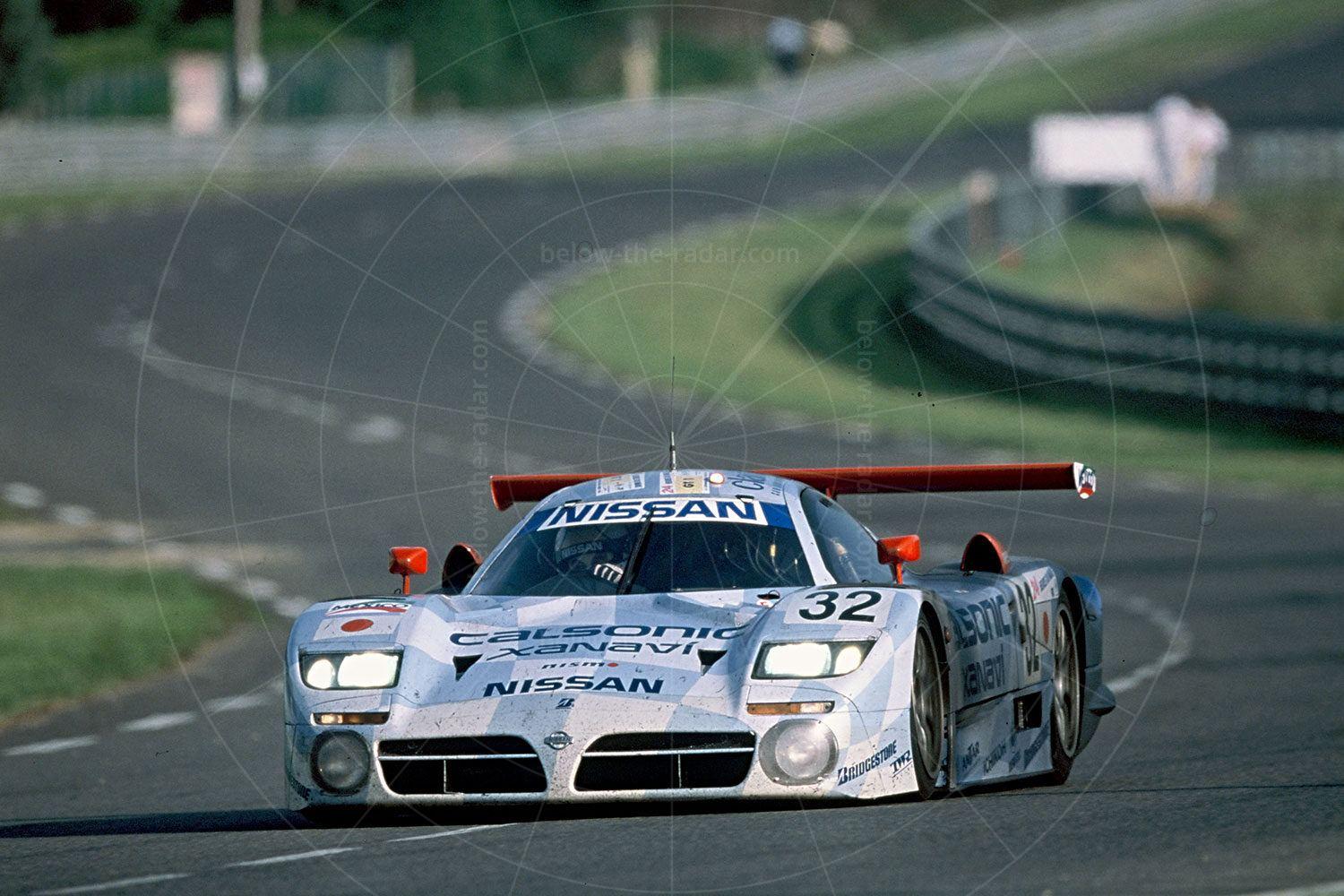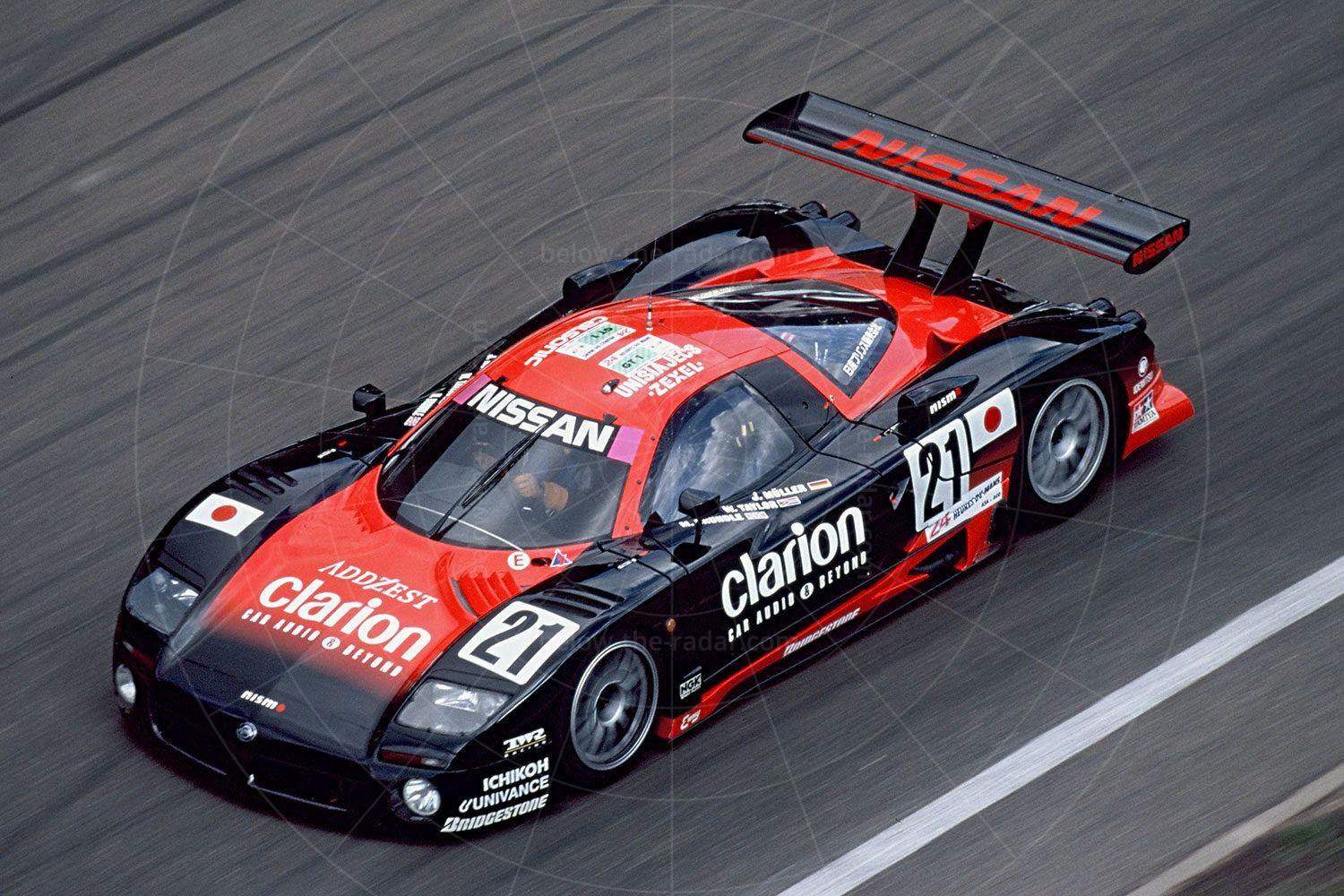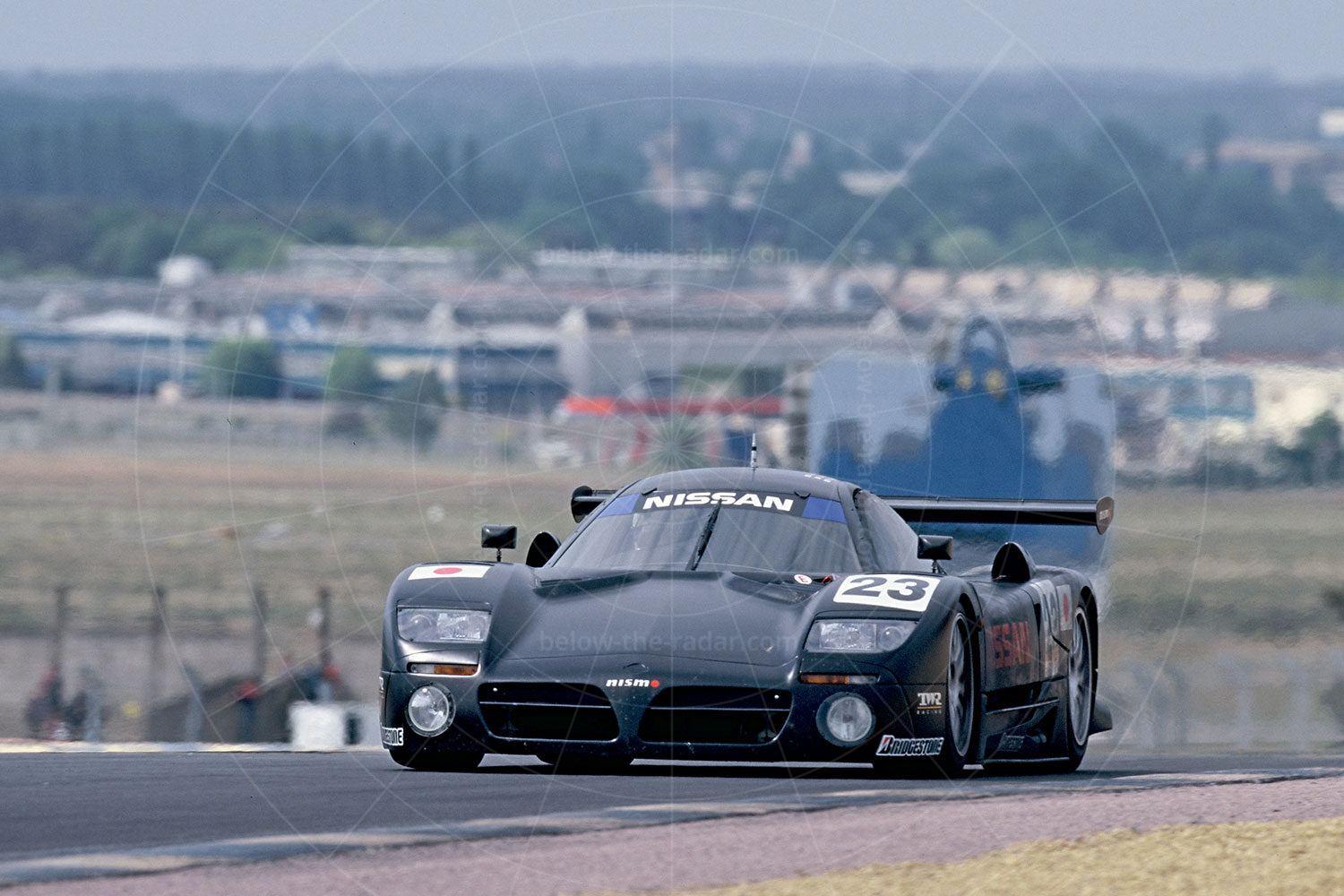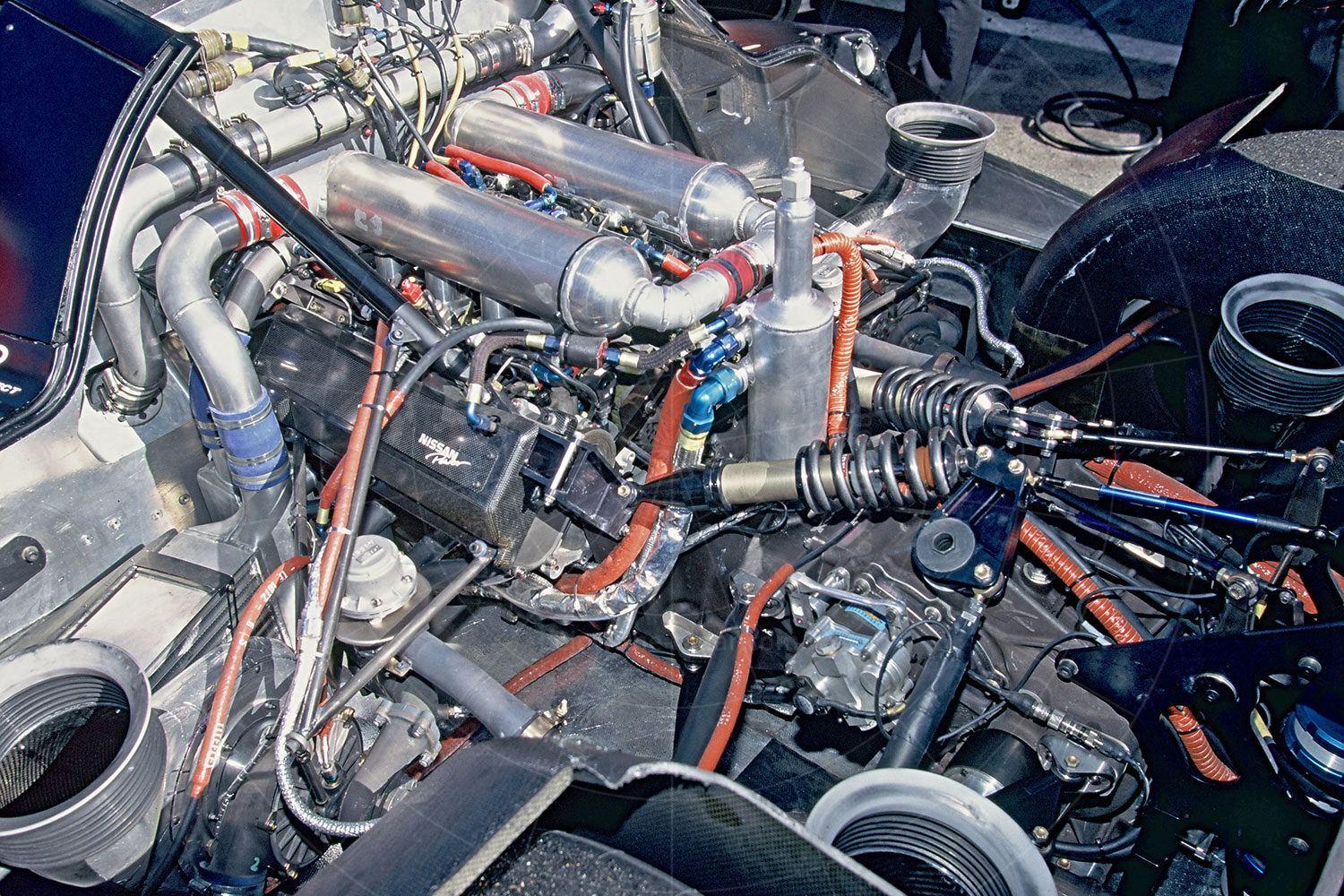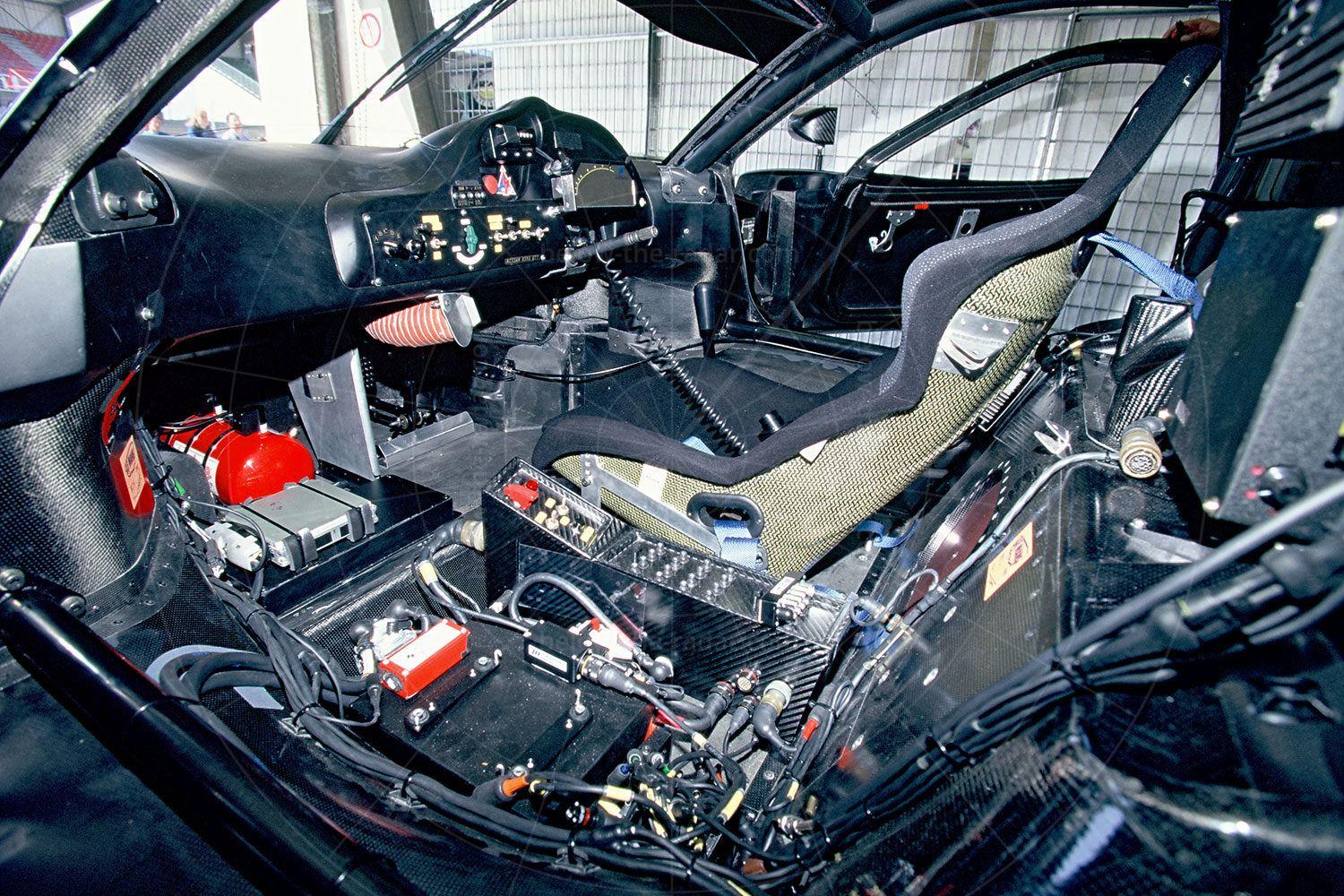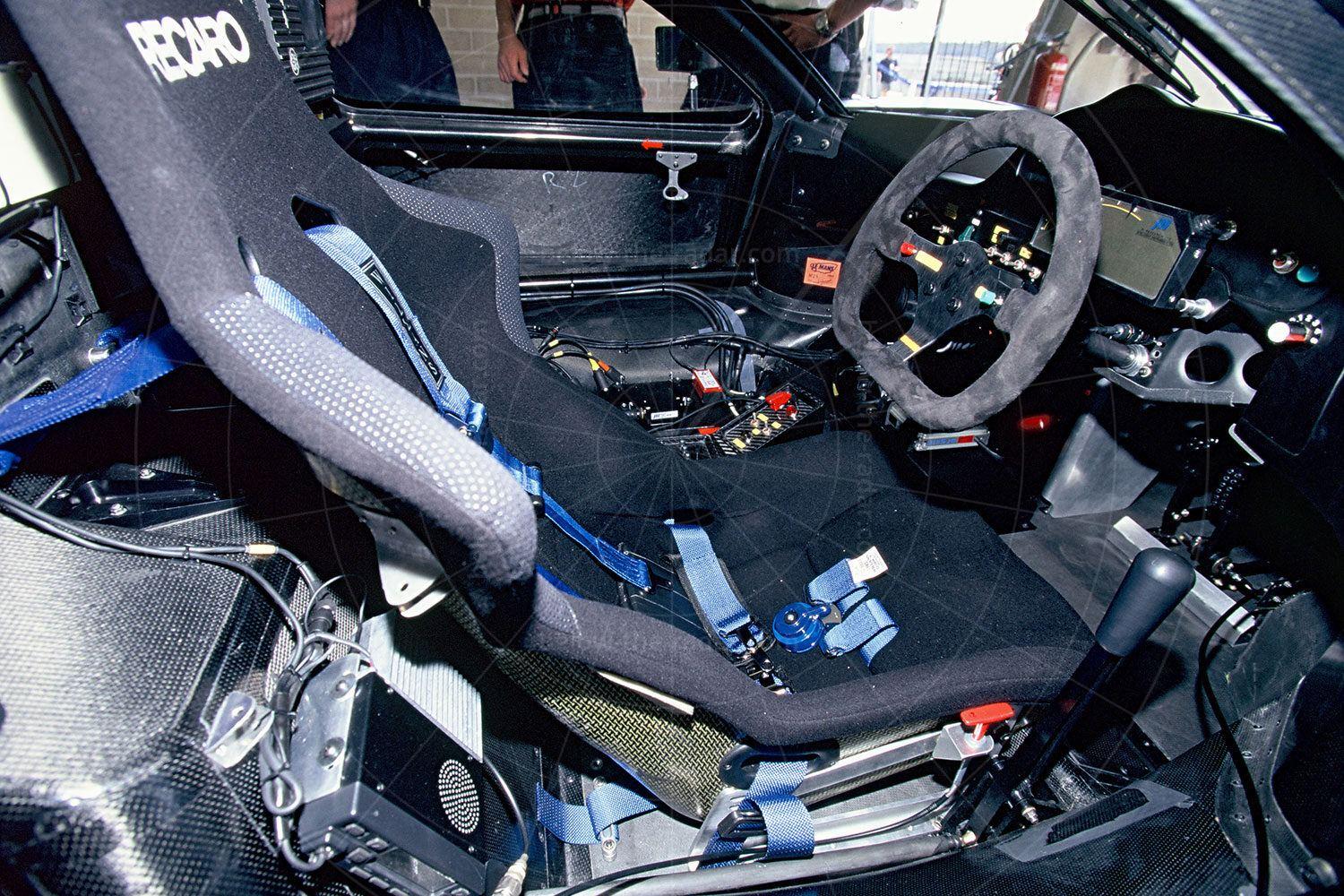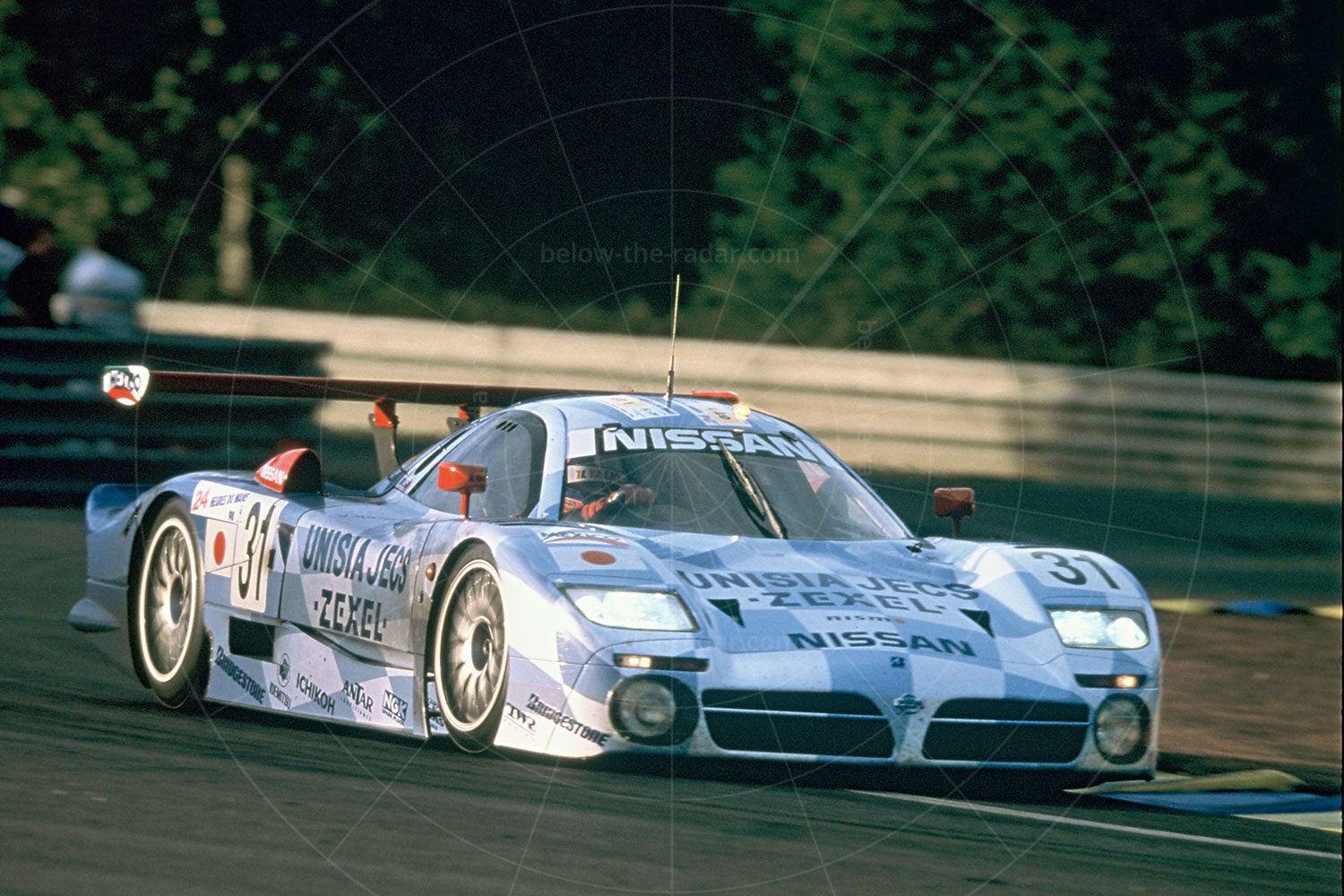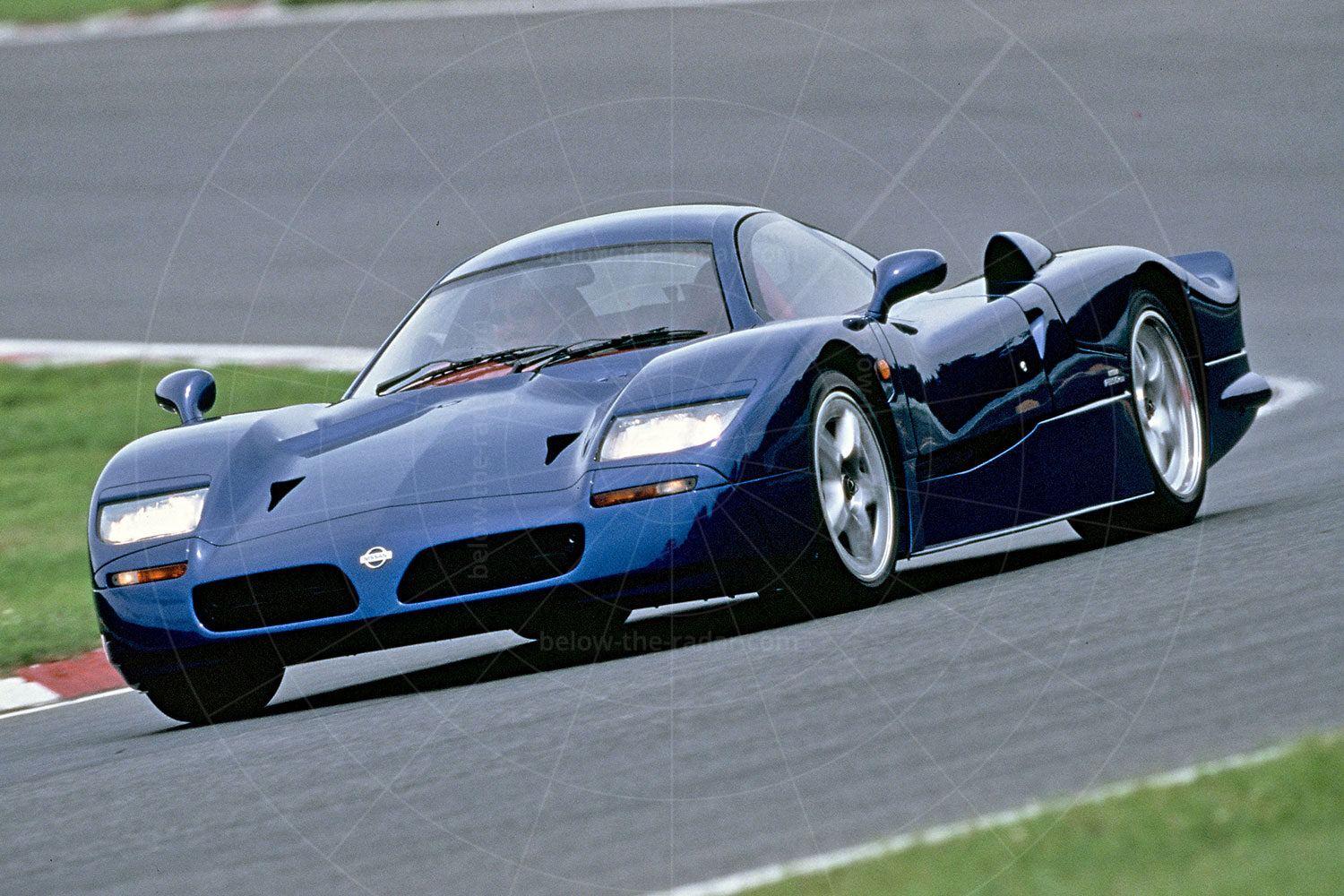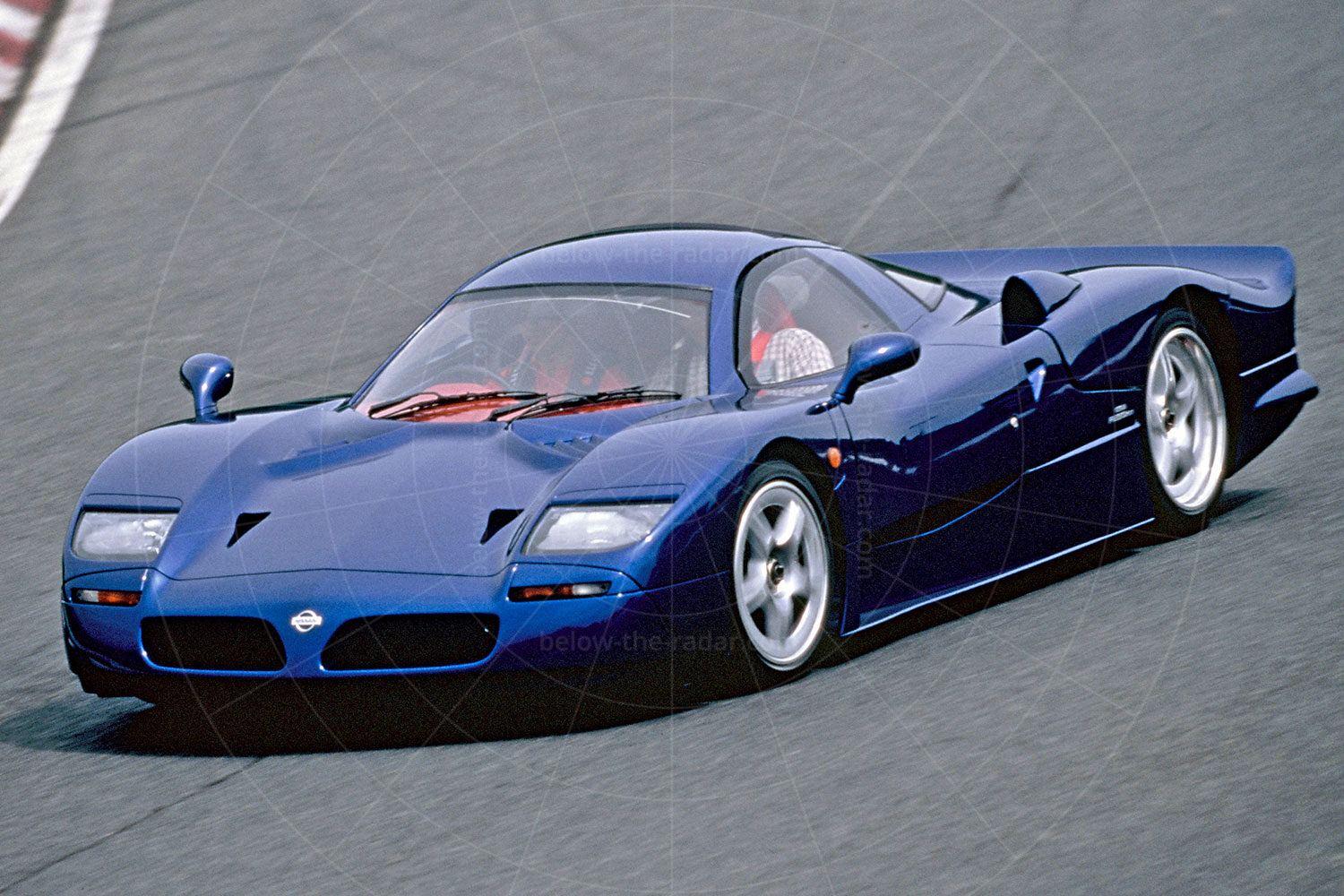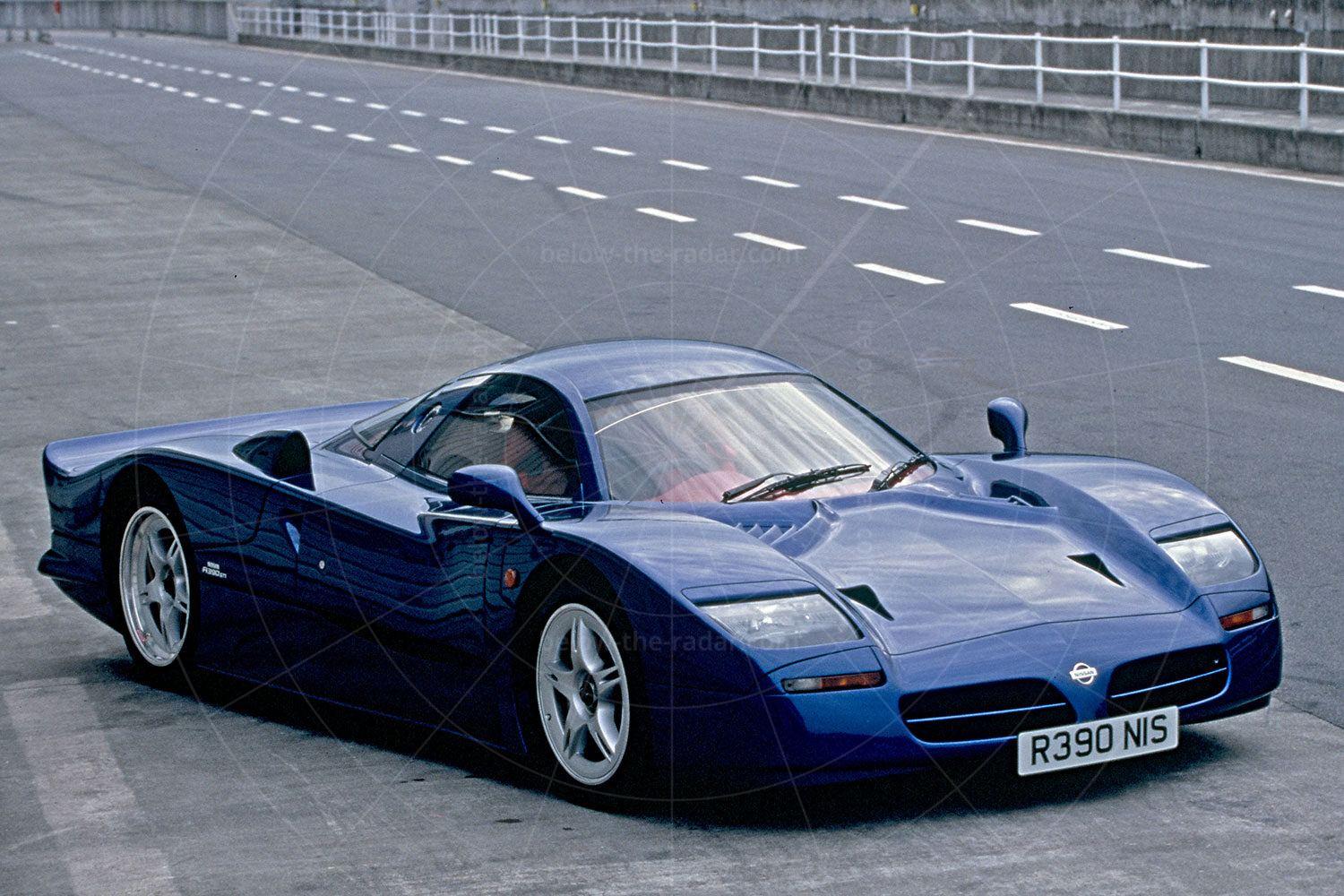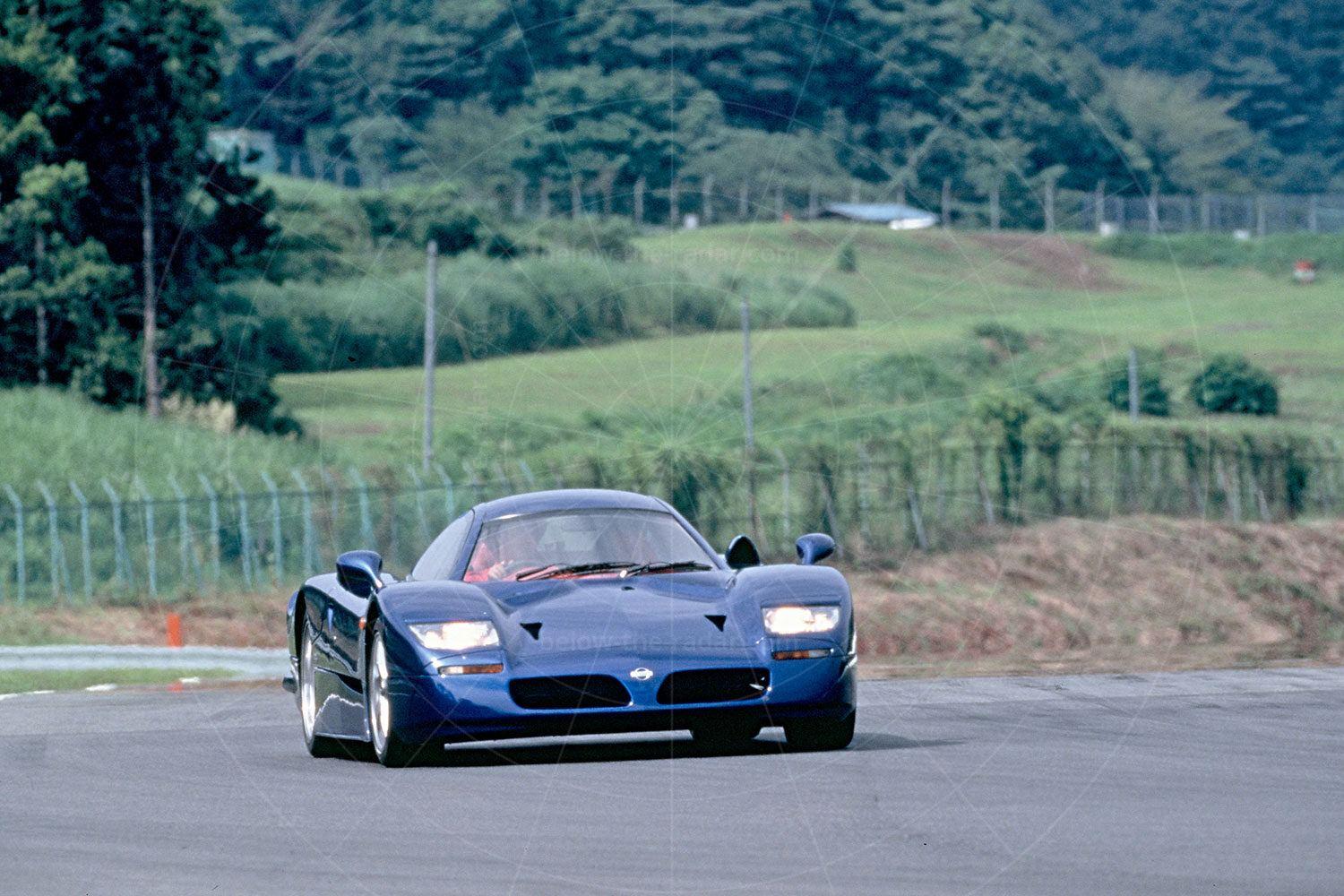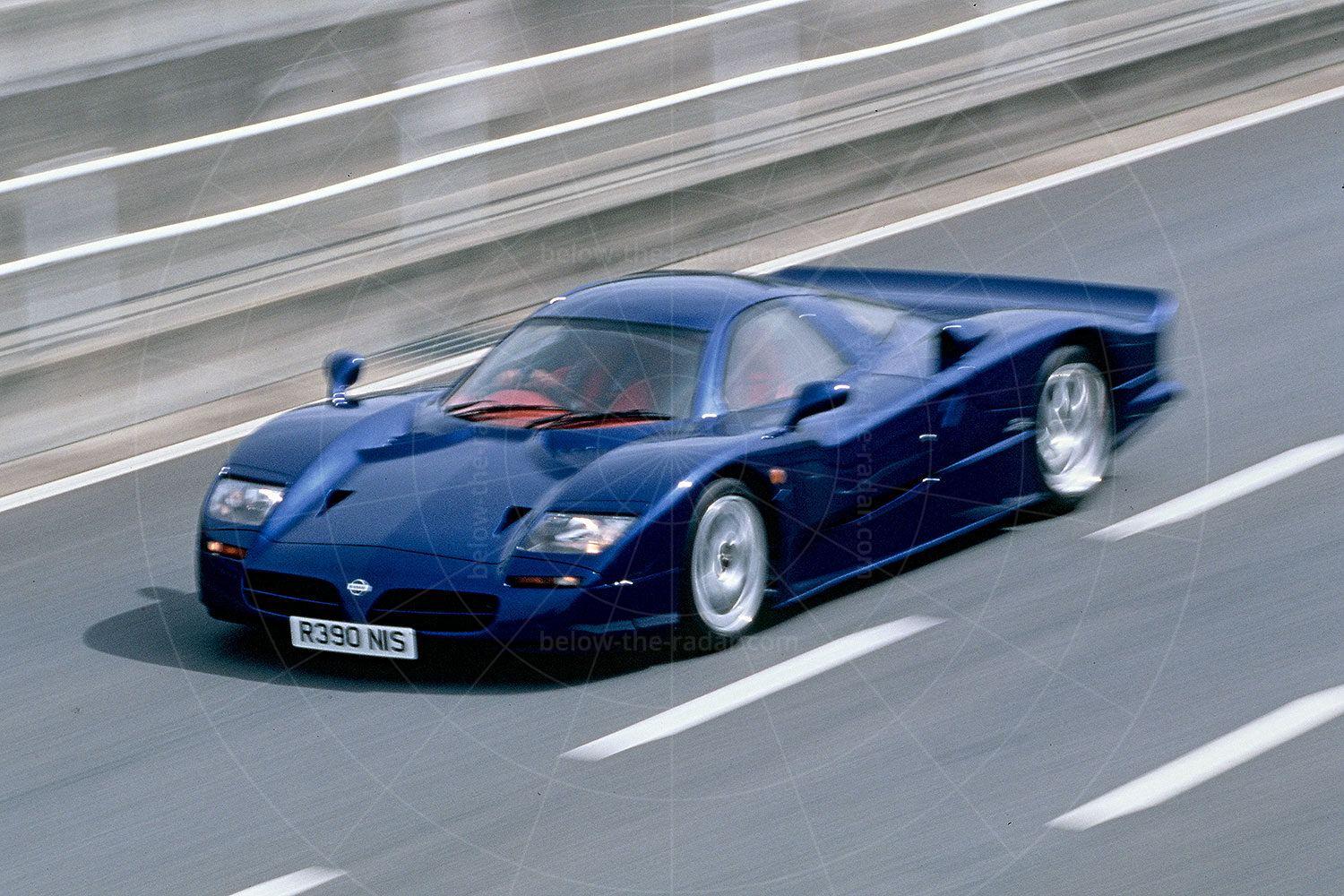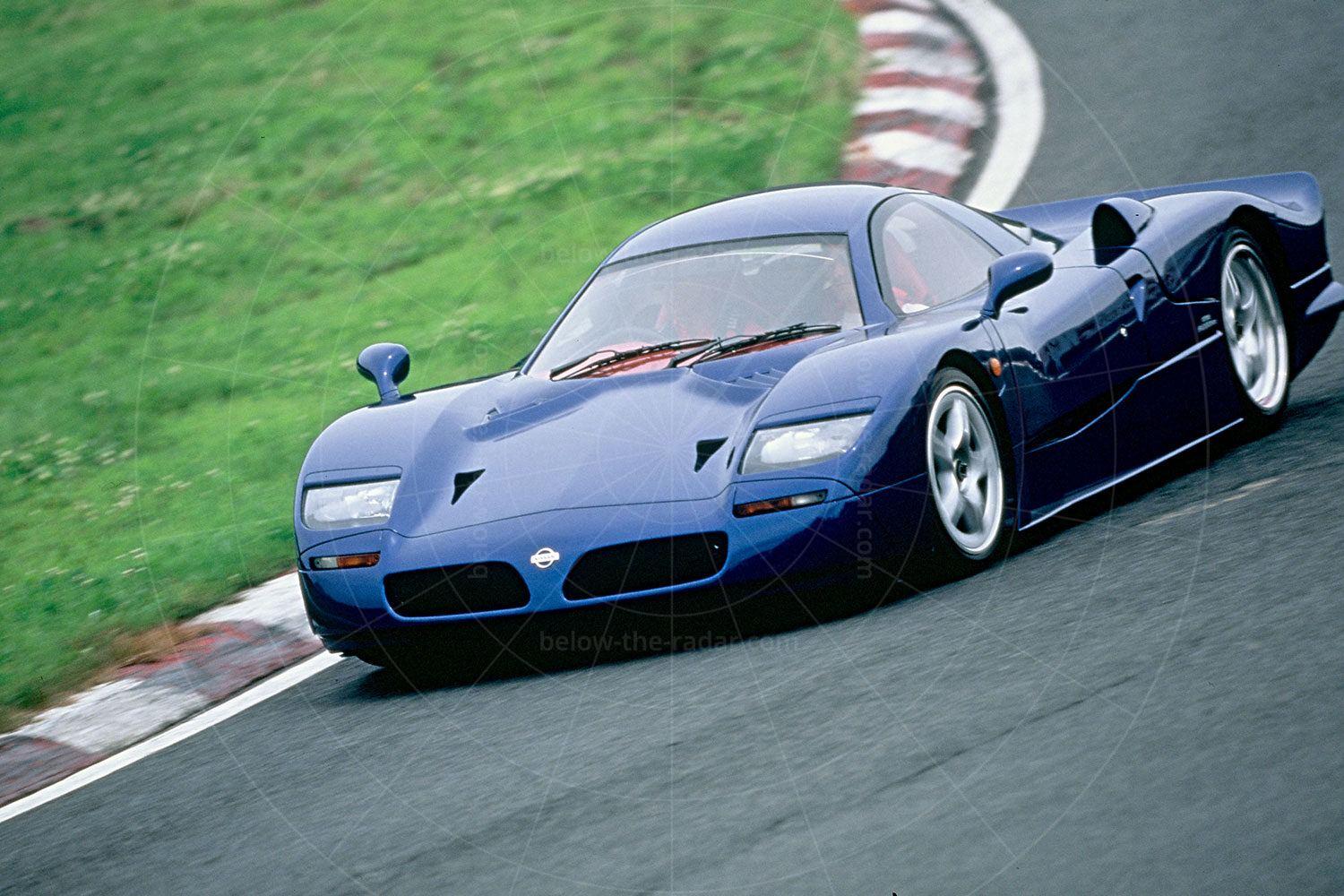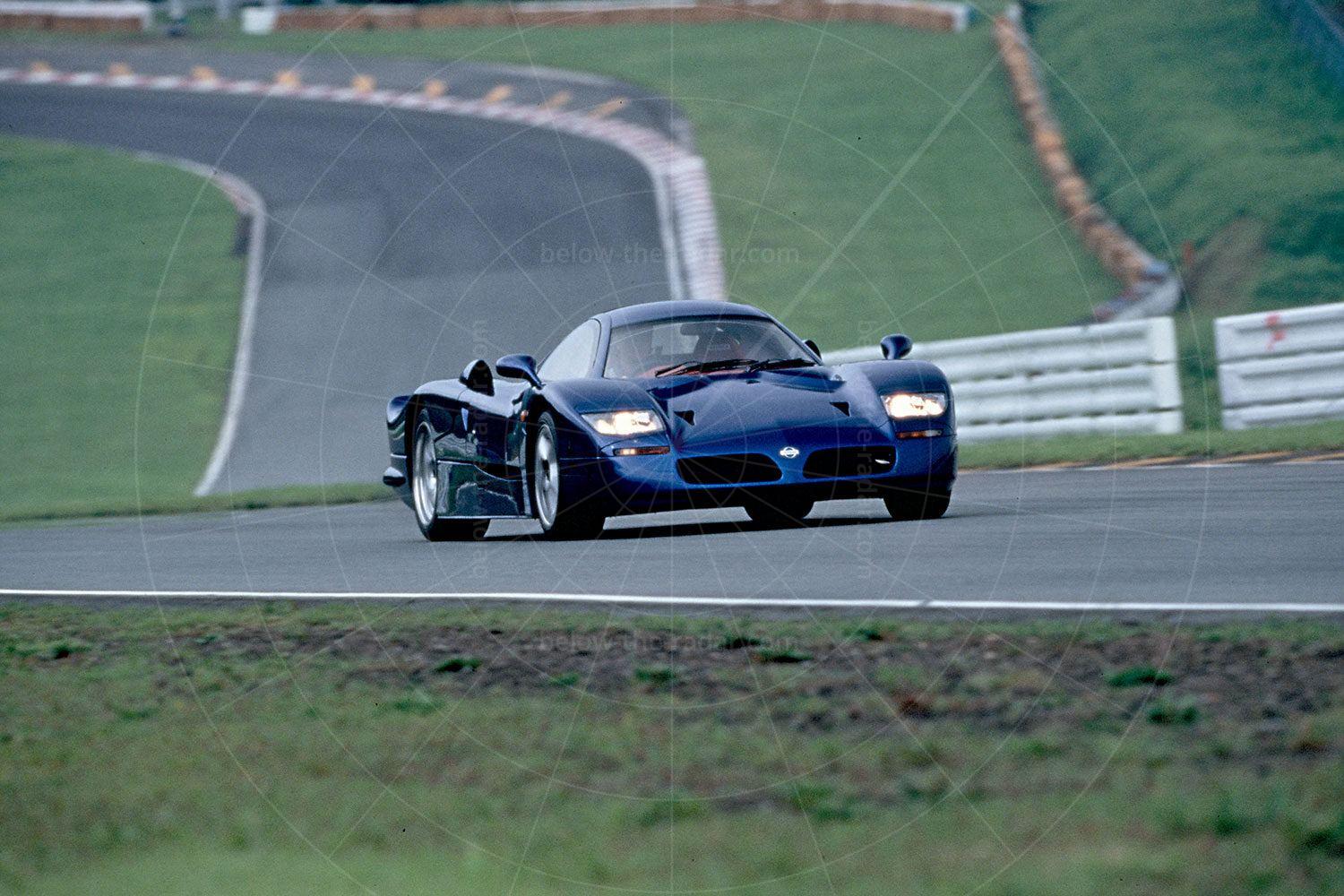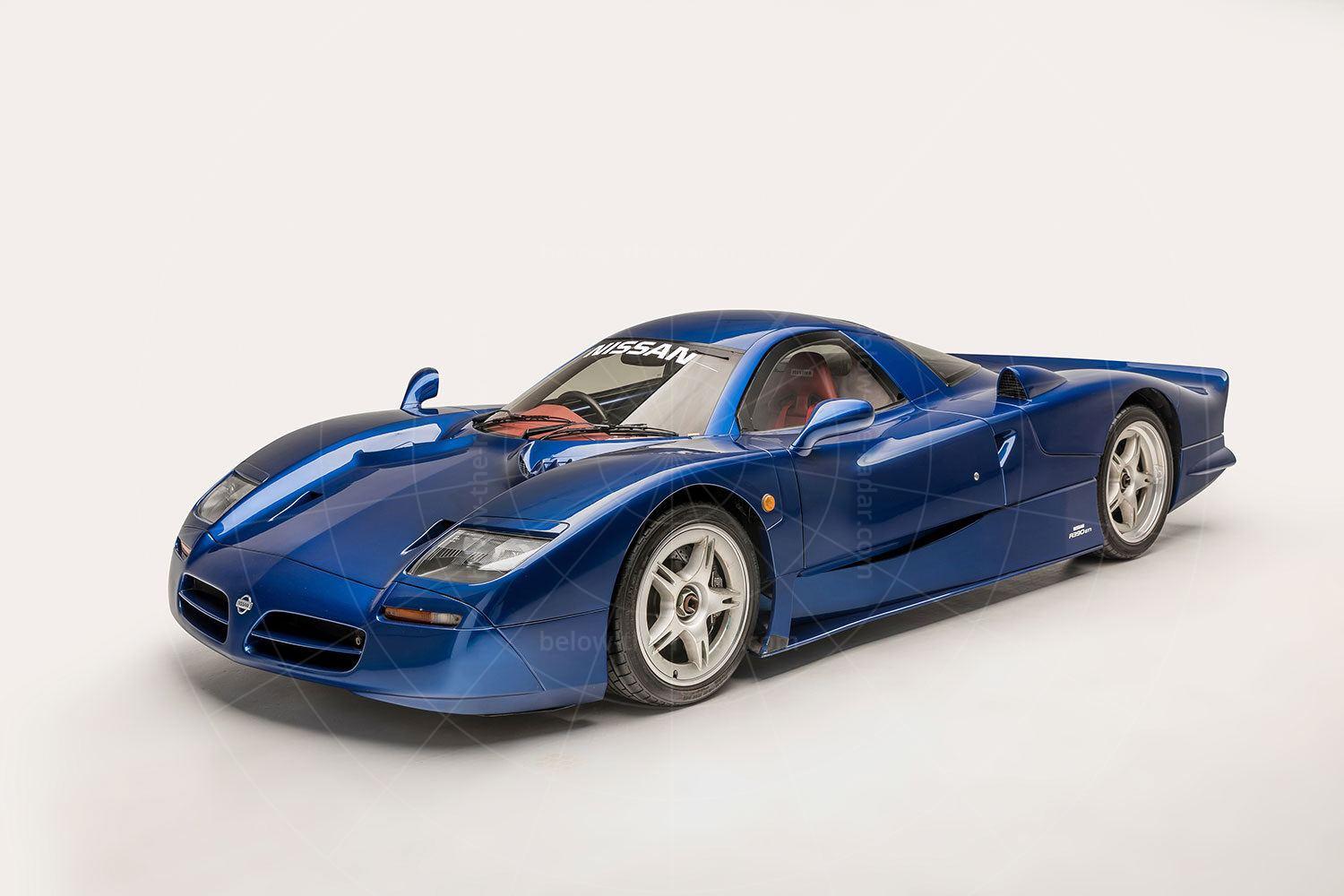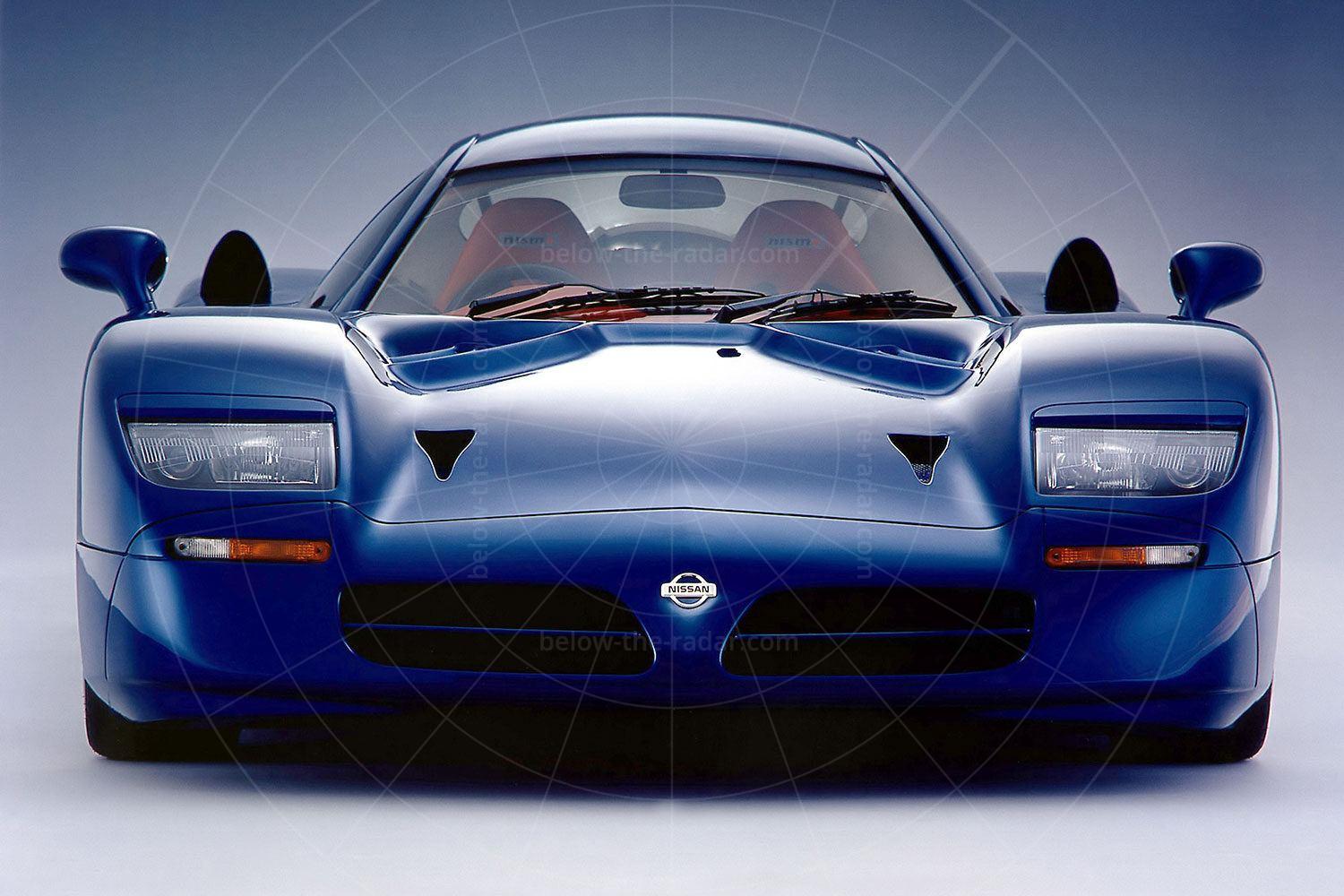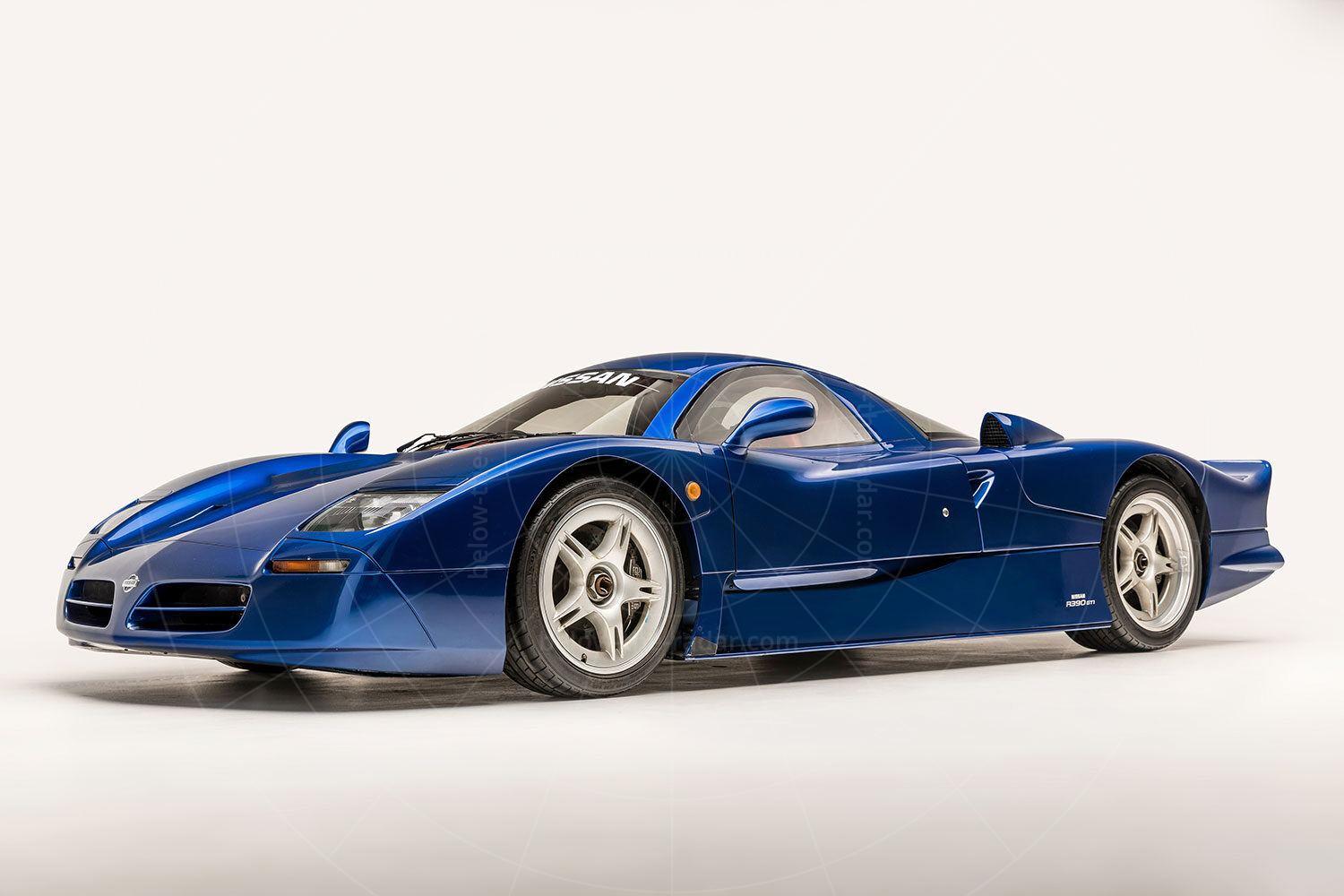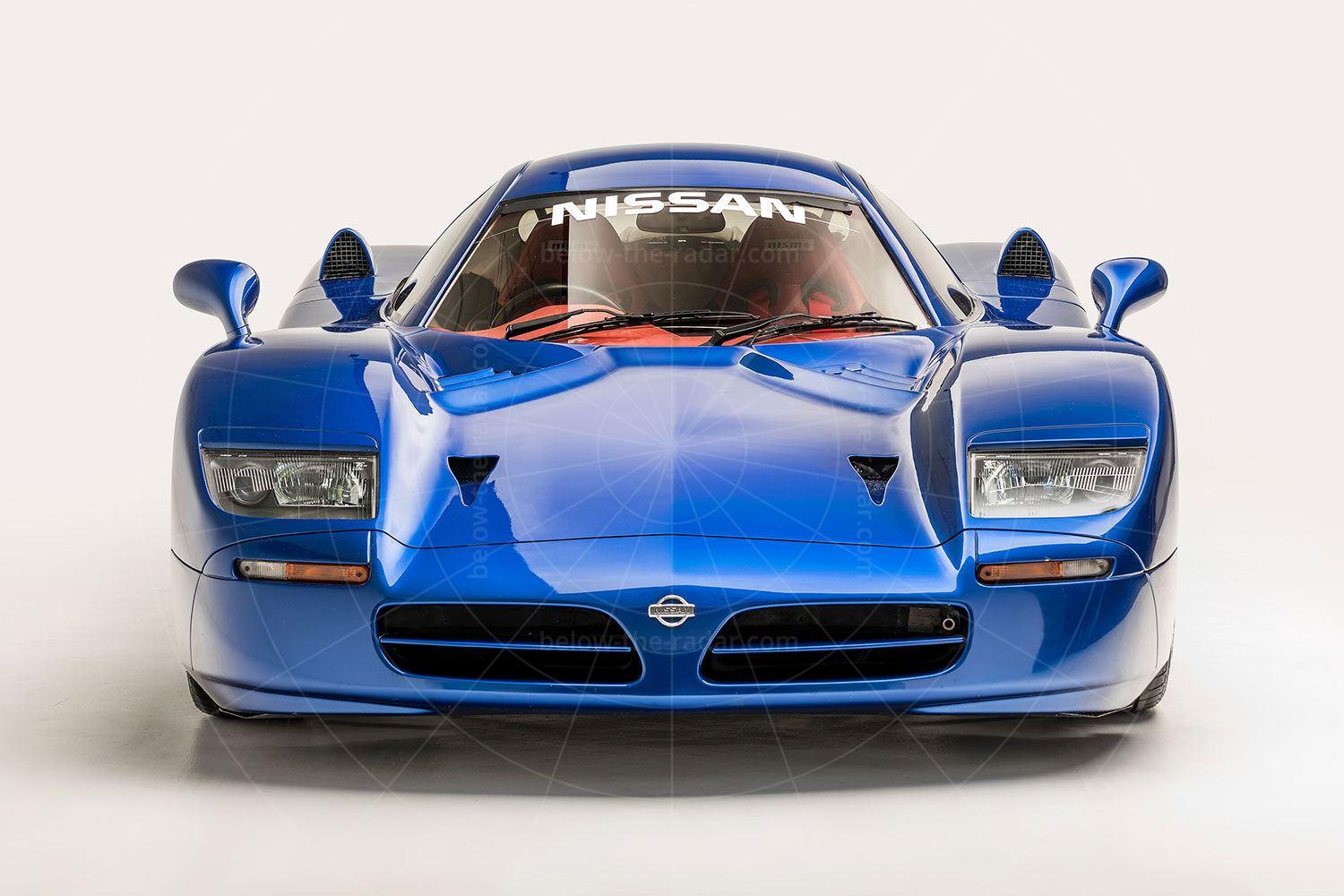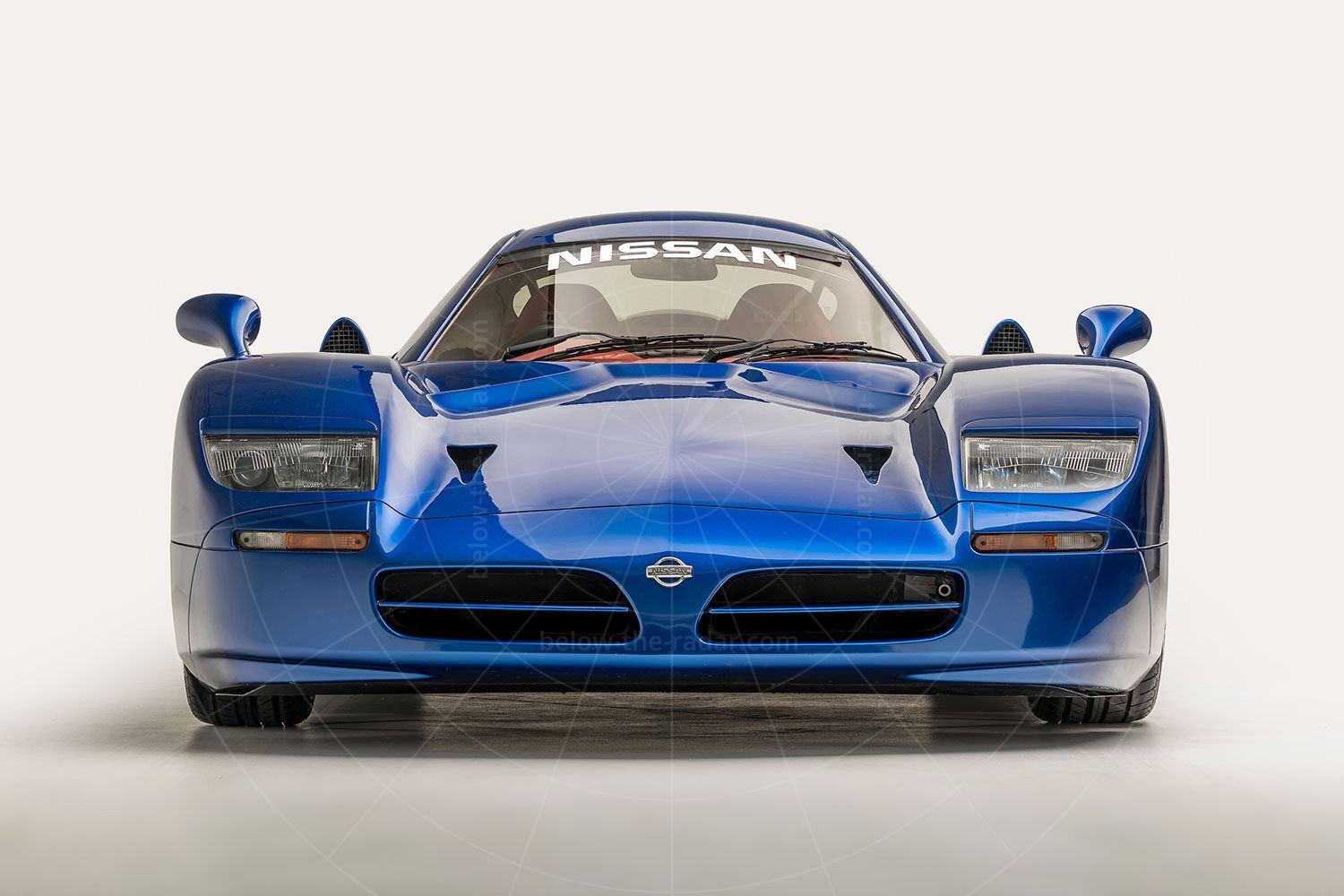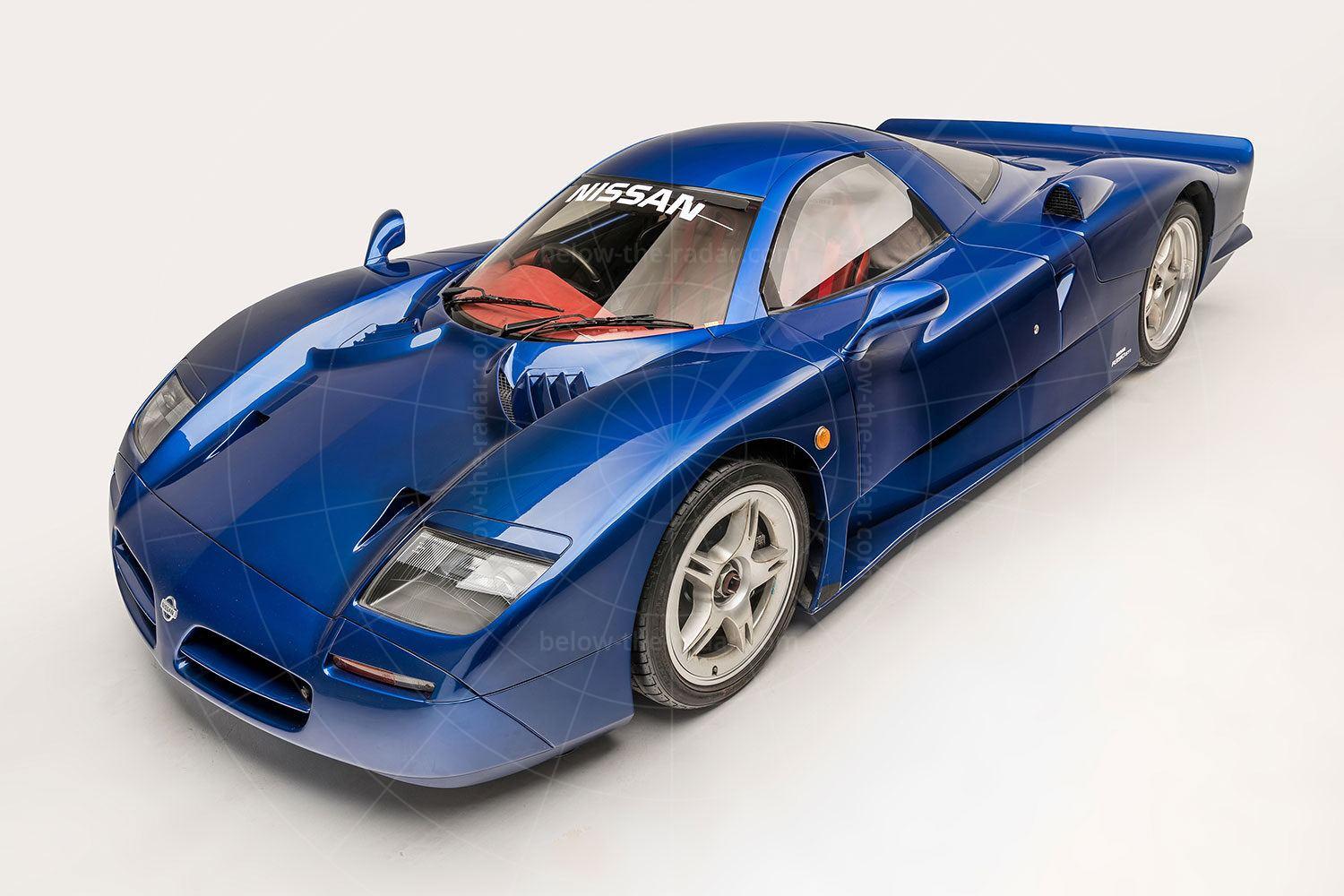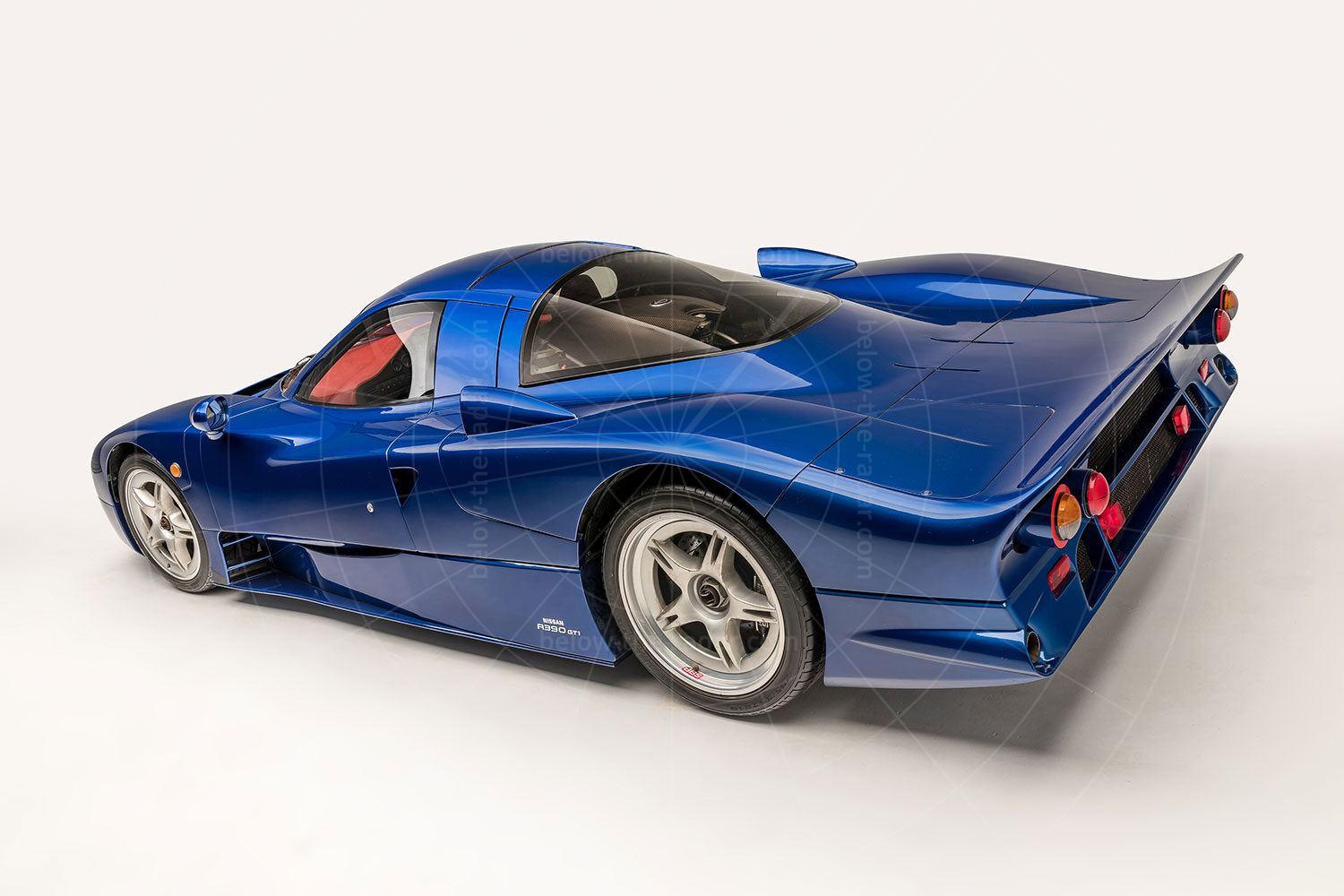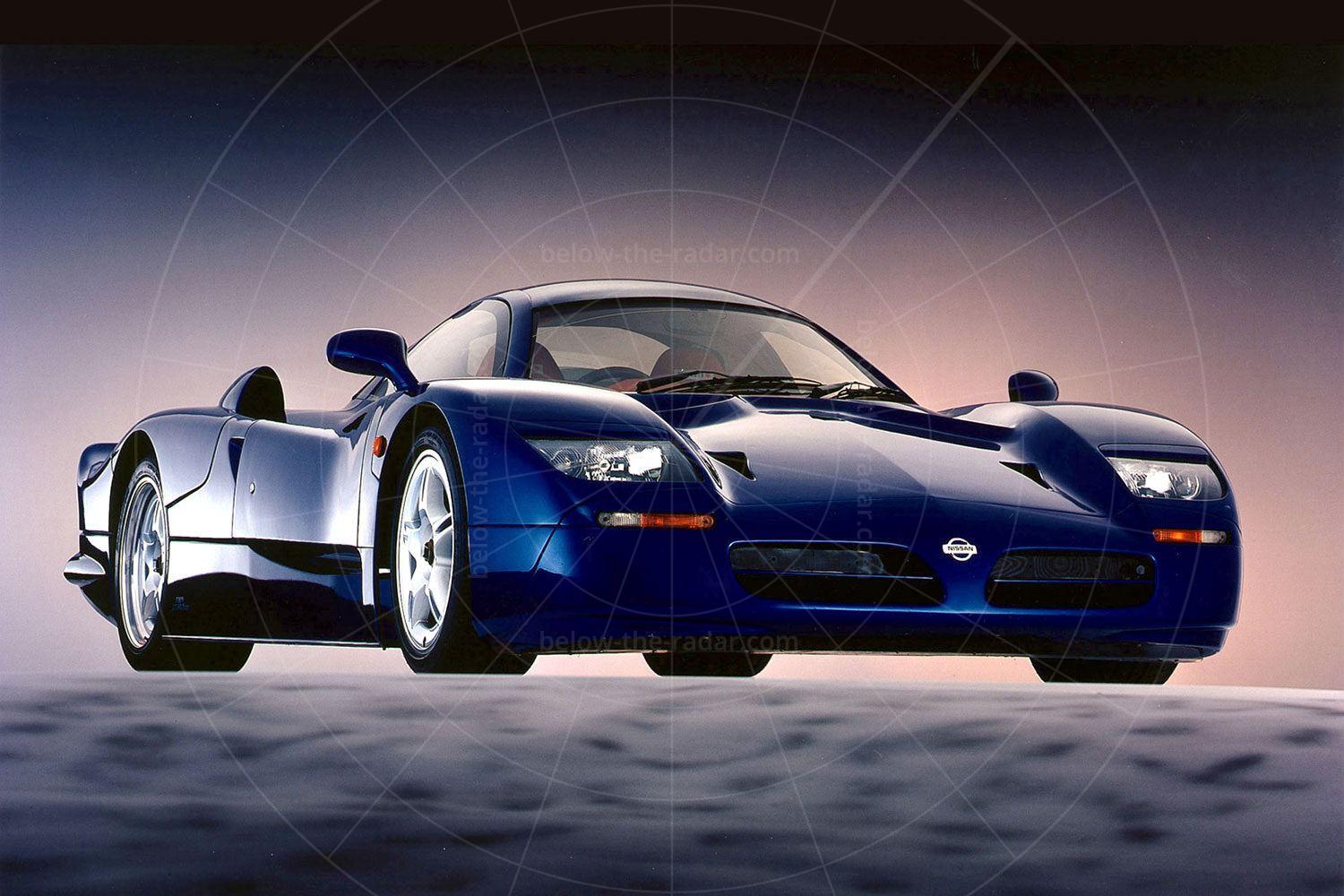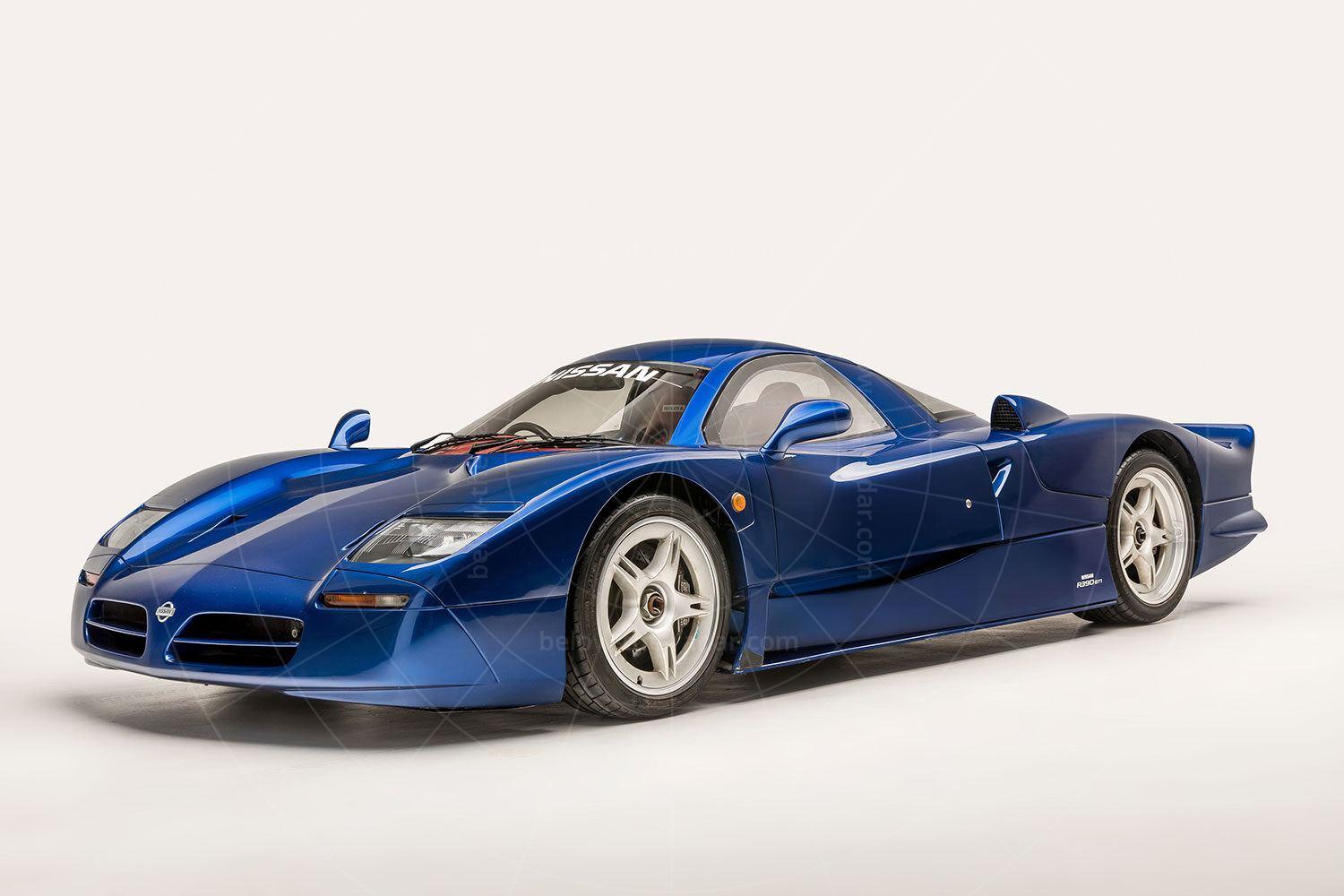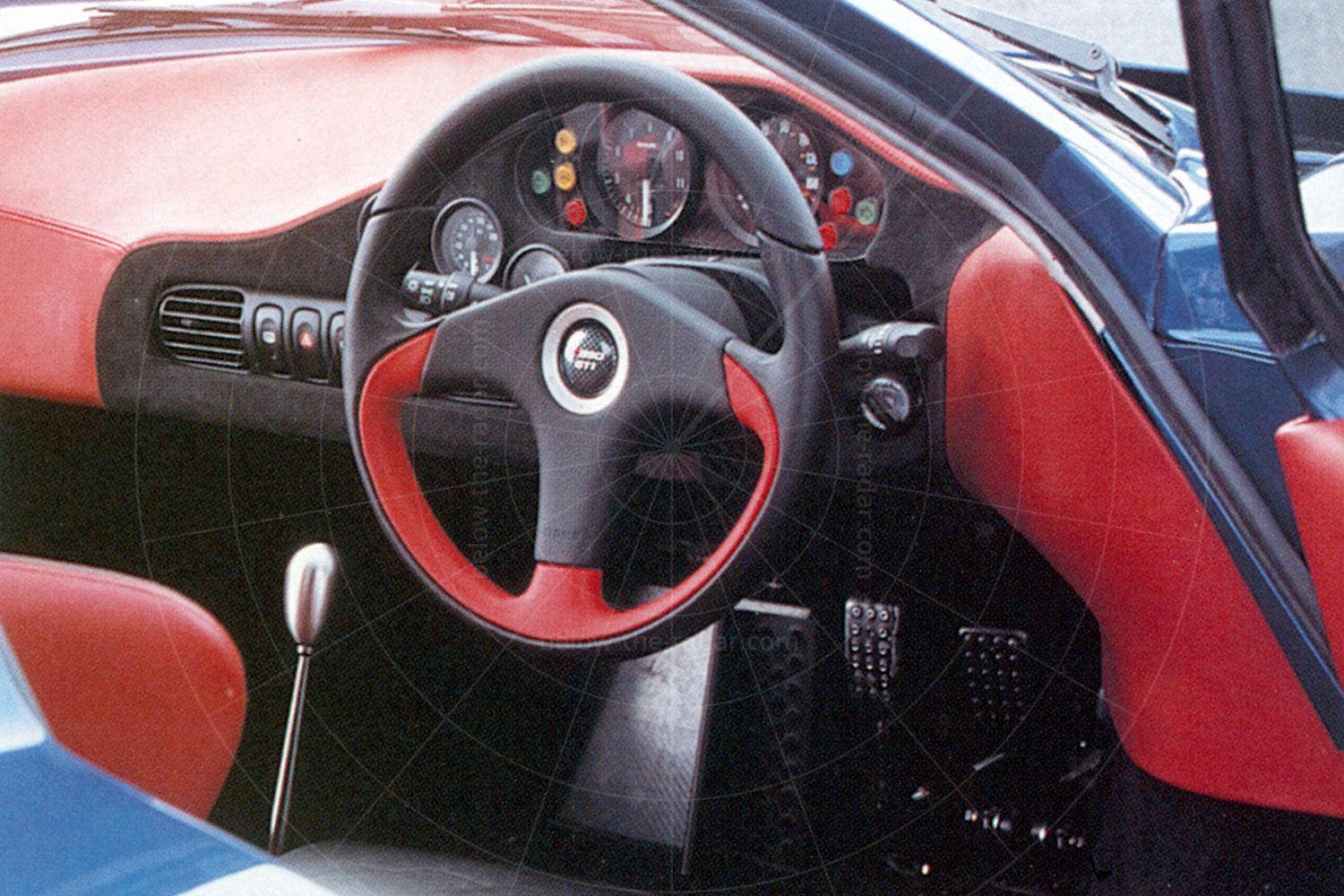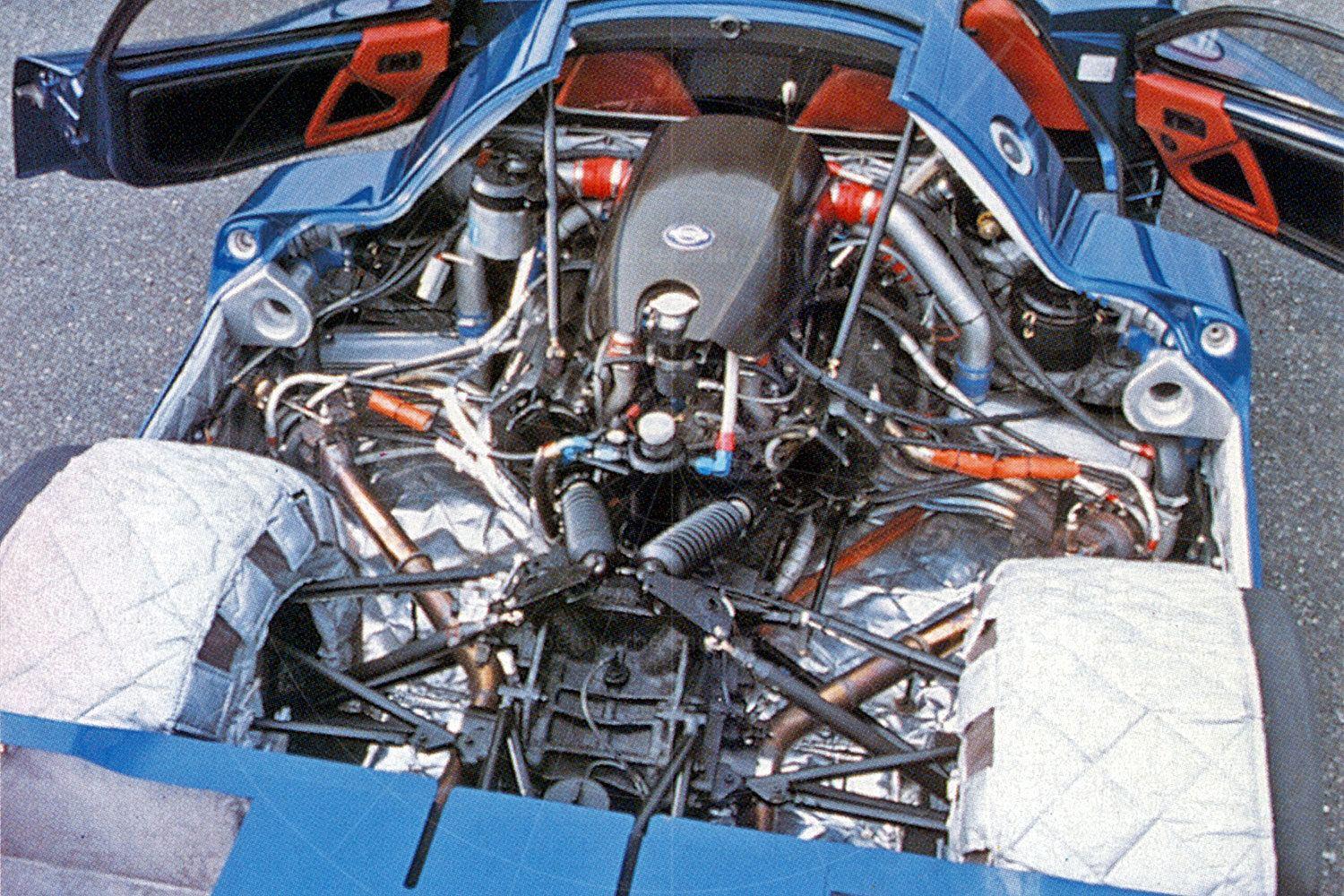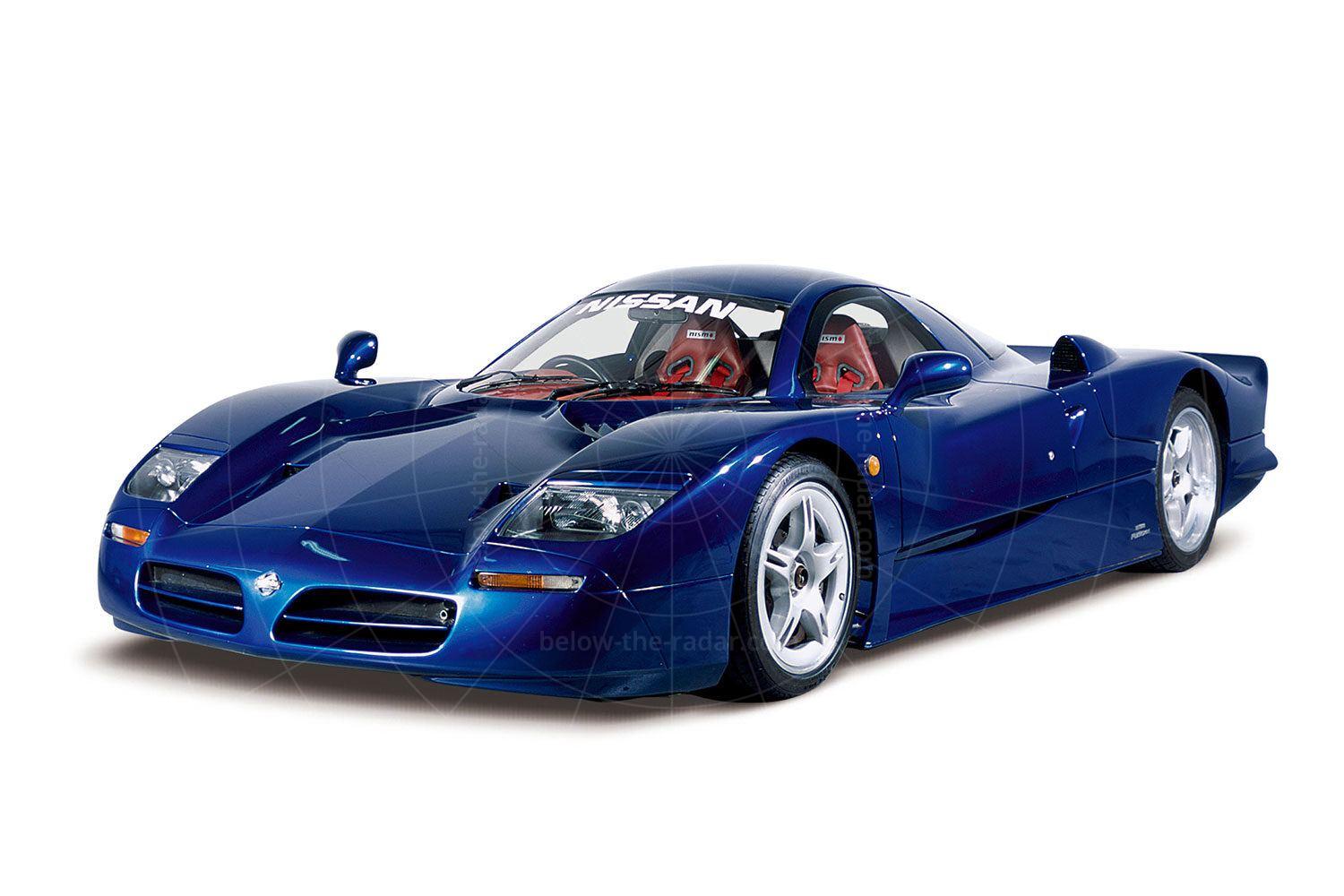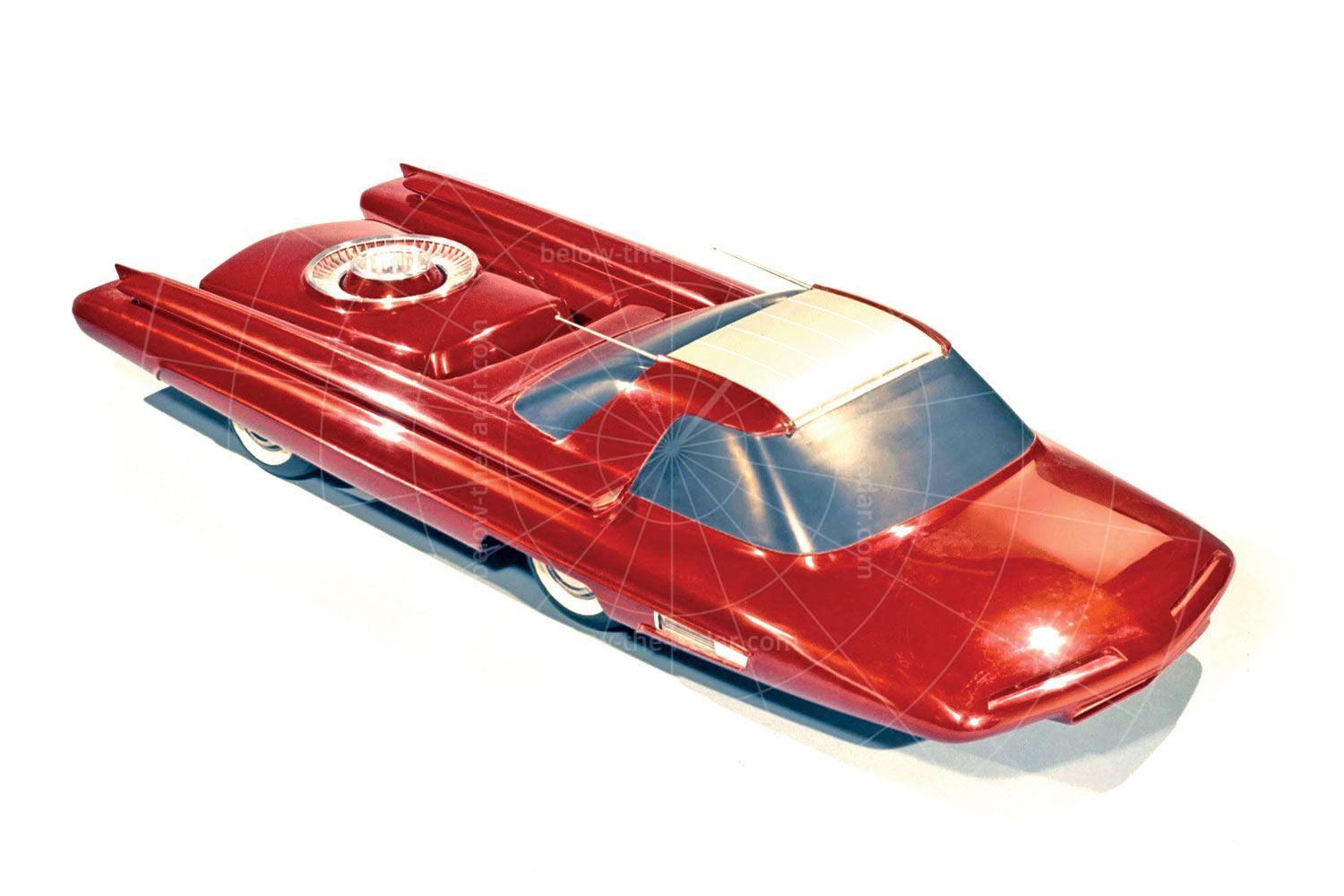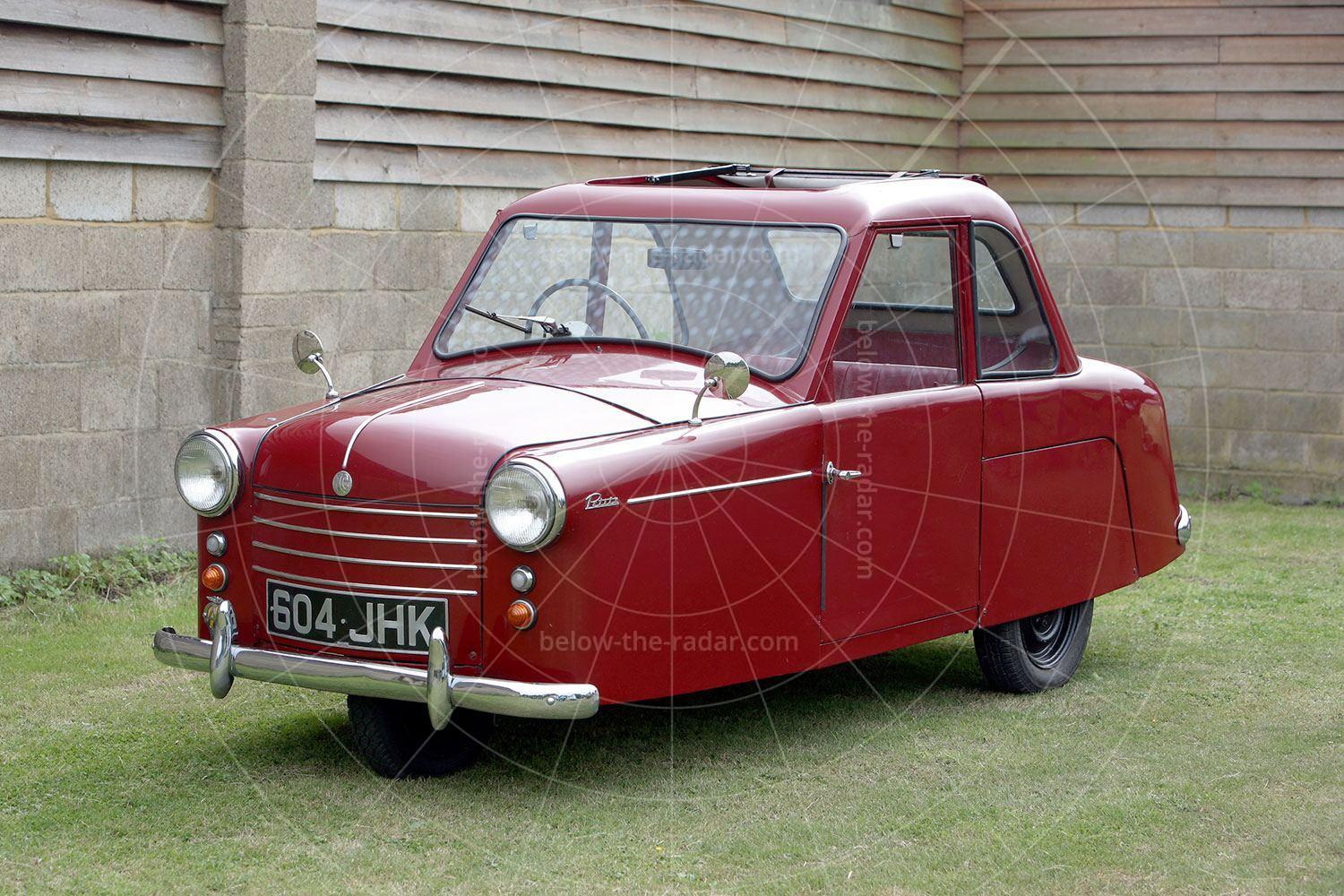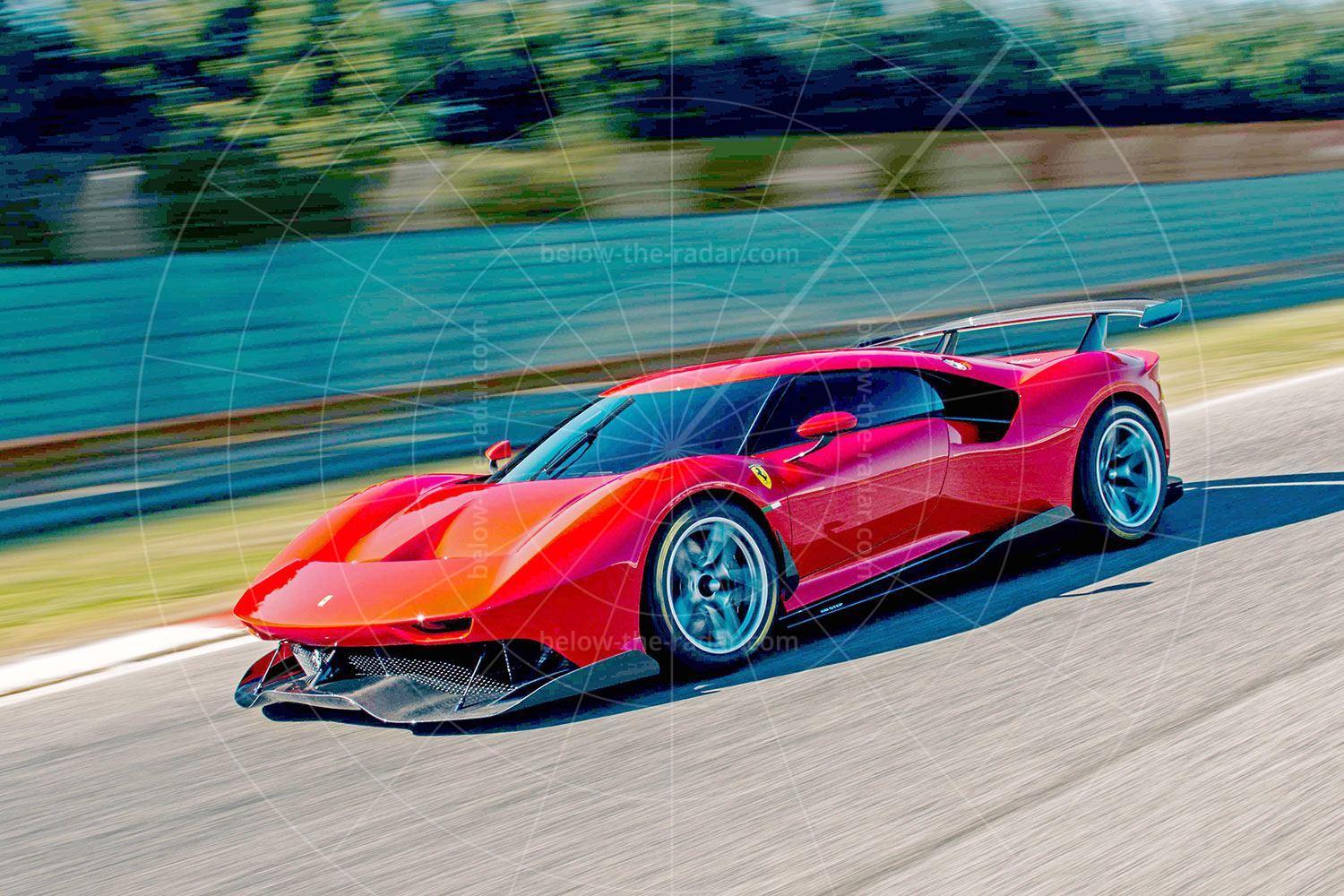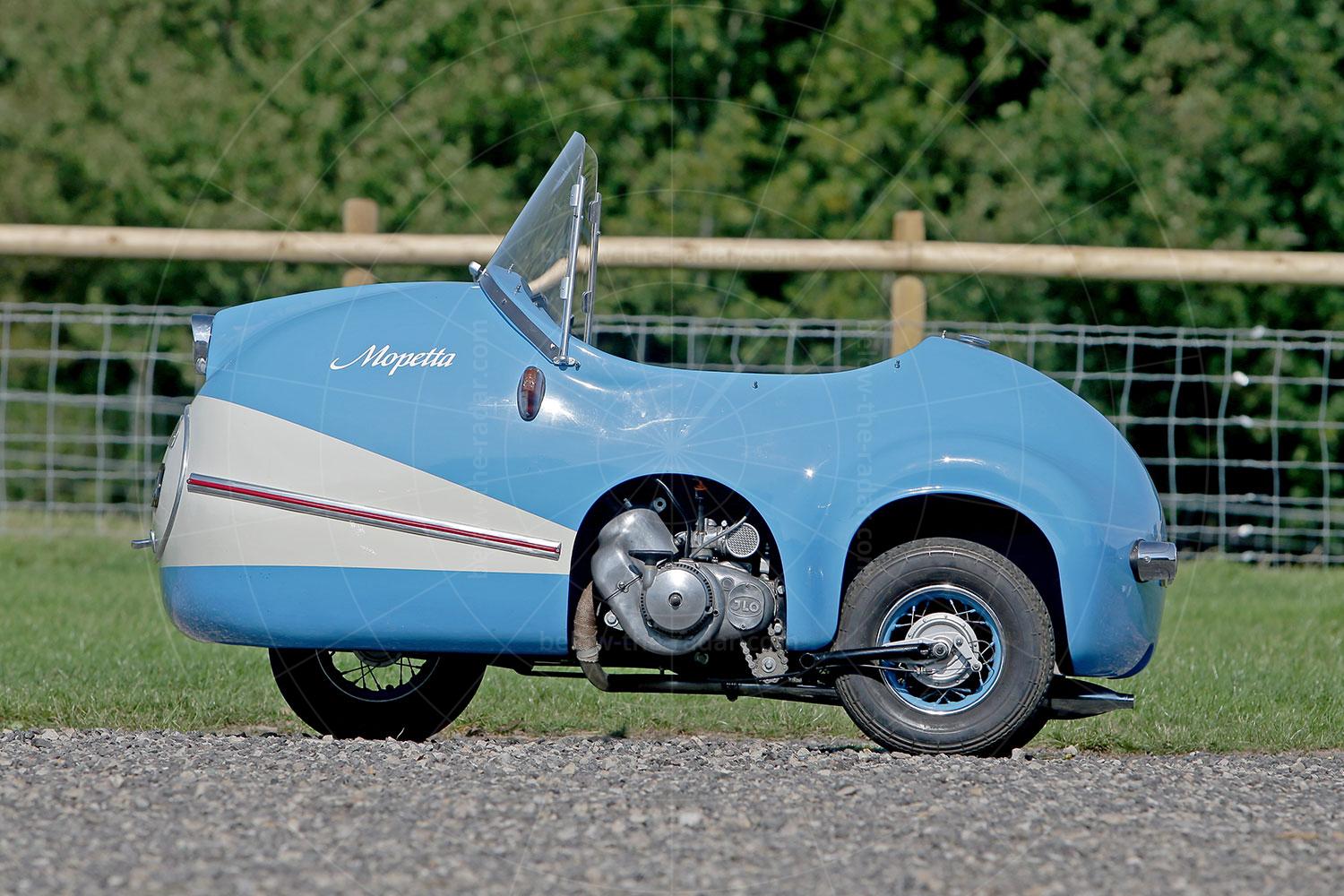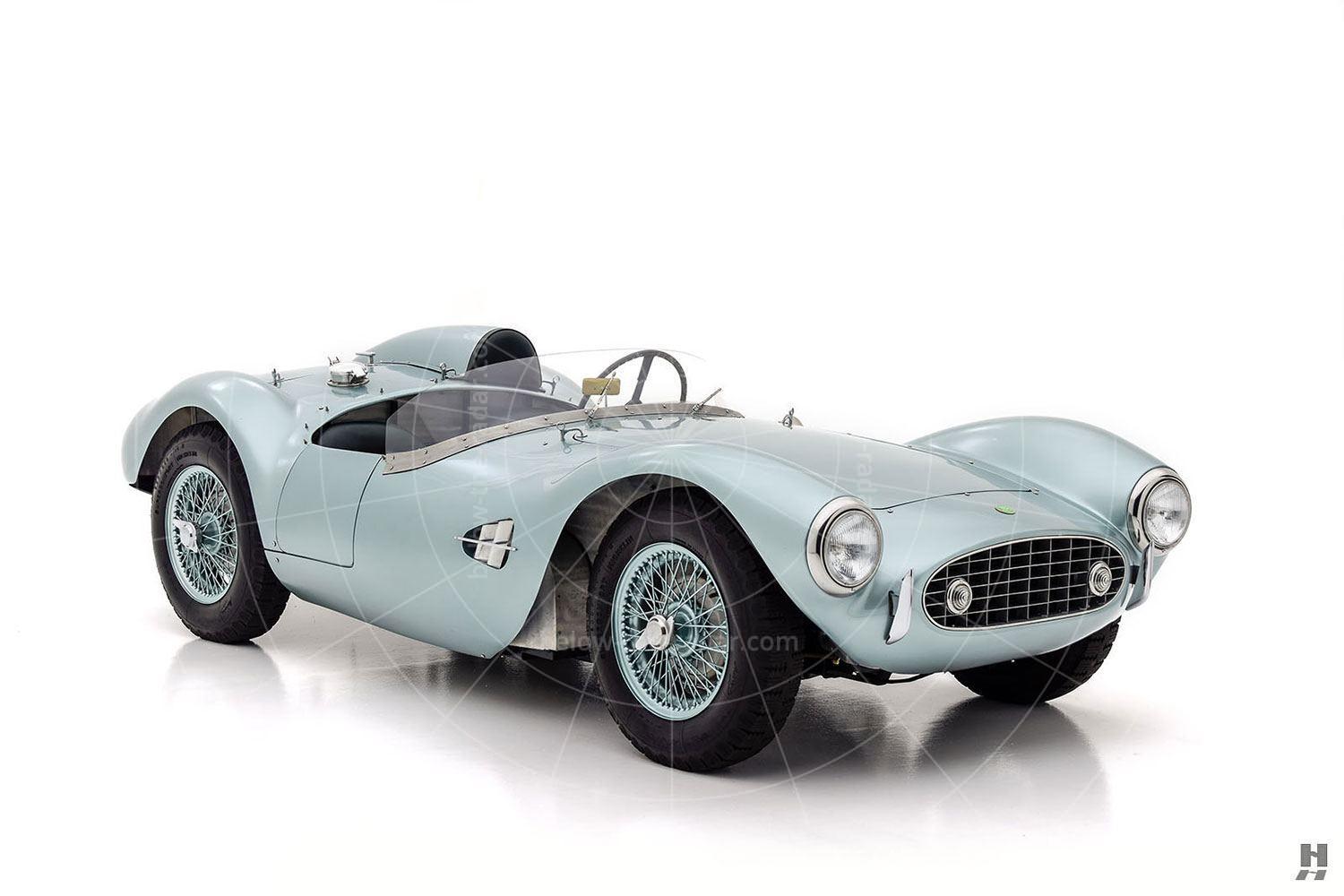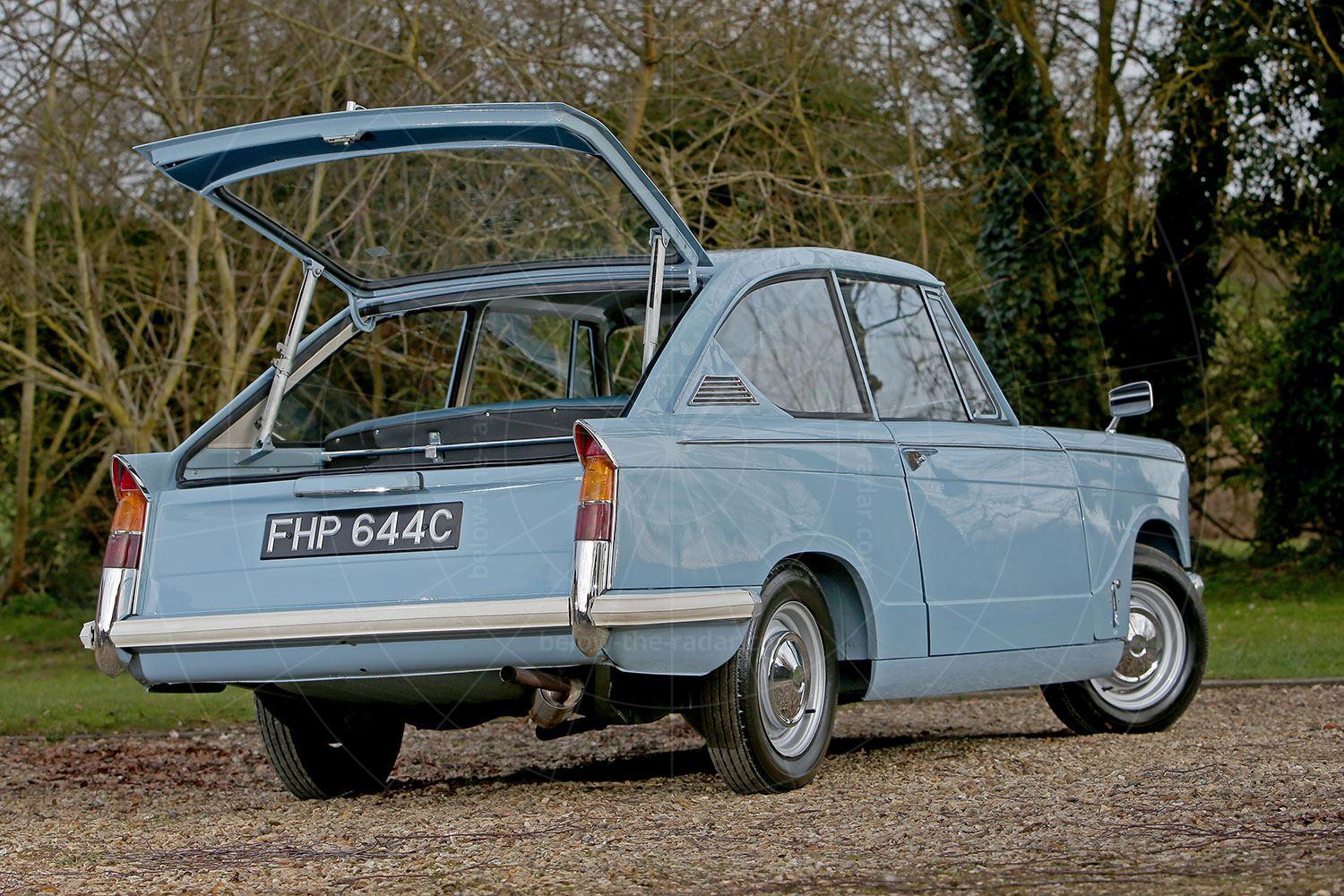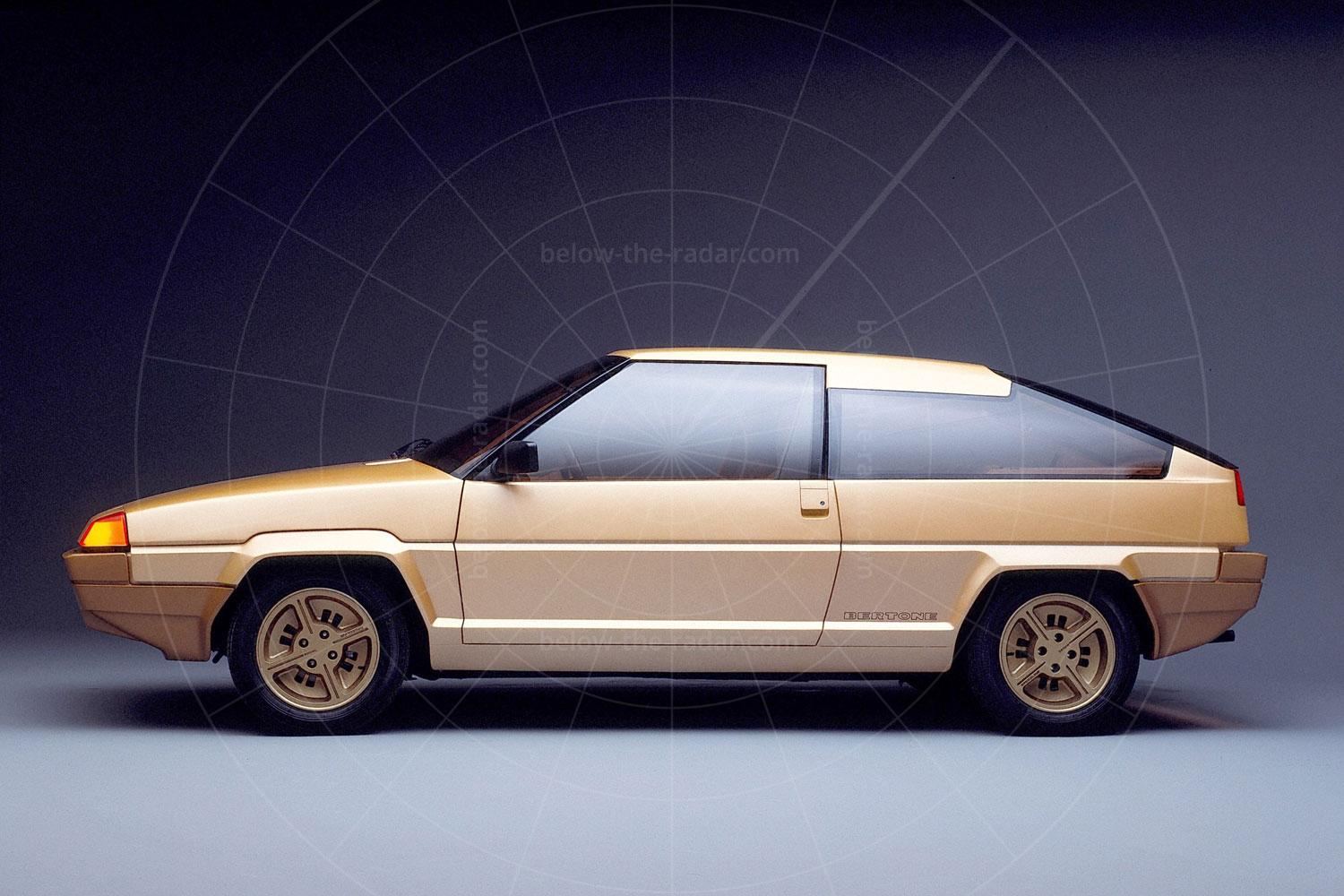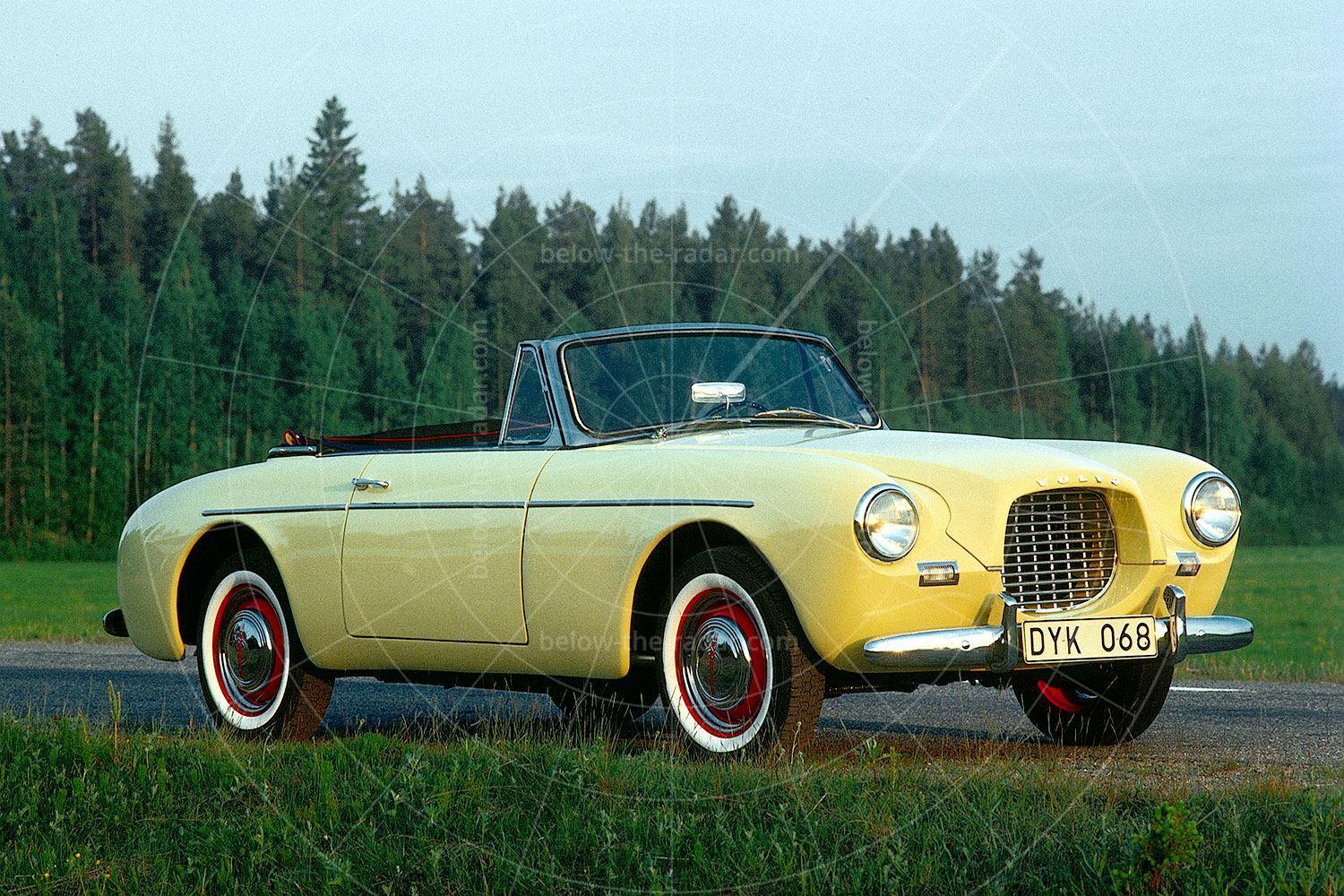At the end of the 20th century and the start of the 21st, diversification was becoming the name of the game. Companies such as Mercedes and BMW were starting to develop smaller, cheaper models to break into fresh markets. Volkswagen was trying to do the opposite by going upmarket. But Nissan must have taken the biscuit for offering products at opposite ends of the scale; at one end of which was the Micra, while at the other there was the R390.
Okay, so the R390 was hardly a regular production model; in fact the company was compelled to make just one example under the GT racing rules. But it was still one hell of a job for a salesman somewhere, to sell a supercar from one corner of the showroom while also trying to peddle wares such as the Almera or Micra.
The R390 came about because Nissan was desperately keen to win the Le Mans 24 Hours. When the project first got under way only one Japanese car maker had ever managed to win there; Mazda’s first victory in 1991 was also its last.
Designed by Ian Callum (who also designed the Aston Martin DB7 along with a string of Jaguars), the R390 was engineered by Tom Walkinshaw Racing and Nissan Motorsport International, with durability and speed the two key ingredients. However, despite the Nissan setting the fastest time in pre-qualifying for the 1997 race, all three cars suffered from overheating gearboxes, with only one car finishing, in 12th place.
Nissan learned a lot from its experiences at the 1997 Le Mans, which is why when it had to be build a single example of the road car, it incorporated a few developments. The main change was an increase in length by 120mm (to 4720mm), for various reasons. The main ones were to increase downforce and decrease drag, but it also allowed some extra luggage space to be incorporated above the rear lights.
While the road car had to be essentially the same as the racers, there were some conflicts between what was demanded on the circuit and what was allowed (or was practicable) for the road. Ground clearance was a key example; while minimal clearance was desirable on the billiard-table smooth surfaces of Le Mans, a road car needed to be able to deal with potholes and speed bumps. Correspondingly, the suspension was raised by 80mm at the front and 100mm at the rear.
Power was provided by a 3500cc V8 engine, mounted behind the passenger cell. With a pair of turbochargers the unit was capable of developing a massive 539bhp, and when this was combined with a kerb weight of 1240kg it gave a healthy power-to-weight ratio of 435bhp per ton. Maximum power was delivered at 6800rpm; lower down the scale, at 4400rpm, the torque peaked at 470lb ft.
All this power and torque was channelled to the rear wheels via a six-speed sequential manual gearbox, although there were no paddle shifts. While the road car was restricted to 175mph, the racer was capable of cracking 200mph – for hours on end. It could also stop as well as it went, with huge 14-inch ventilated discs fitted to each wheel. Although anti-lock technology was banned on the track, the road car featured it as standard – if there is such a thing as standard when you have to build just one example. The system was developed by AP Racing, to give fade-free braking for lap after lap.
With such a no-compromise car it was no surprise that double-wishbone suspension was fitted at each end. Attached to this there were alloy wheels that measured 18 inches at the front and 19 inches at the rear; wrapped around them were Bridgestone ZR-rated tyres.
Of course it was important that the R390 was engineered without compromise, because Nissan was deadly serious about winning at La Mans. But as far as the road car project was concerned the details didn’t matter when it came to the specification. After all, when you’re charging £1m for a car, its specification hardly matters if it wears Nissan badges. Because nobody is going to buy it.
| Vital statistics | |
|---|---|
| Produced | 1998 |
| Number built | 1 road car |
| Engine | Mid-mounted, 3500cc, twin-turbo V8 |
| Transmission | 6-speed sequential manual, rear-wheel drive |
| Power | 539bhp at 6800rpm |
| Torque | 470lb ft at 4400rpm |
| Top speed | 175mph |
| 0-60 | 3.9 seconds |
| Price | £1 million |

